
Common name: rug, ruga, ruggie
Latin Origins: from ruga “wrinkle”
Distribution: From the mainland coast of East Africa [7] through the Indo-Pacific to Tahiti and the Tuamoto Islands. In South Pacific: Loyalty Is, Vanuatu, Solomon Is, W&F, Fiji, Samoa, Tonga, Cook Is, French Polynesia (Austral, Society, Tuamotu Is.) [9] Records from West Coast of America almost certainly C. compressus.Records from West Africa are C. rubescens (Rathbun 1900). [8]
Habitat: Occurs up to 300 m from shore; mostly in and around dunes, sandy areas, within dune vegetation. Never more than 100 m from high tide. Mangrove forests at Quirimba Island, Mozambique. Shore dweller.
Ecology: Observed in the wild sheltering under leaf litter during the day and feeding nocturnally at night. Rugosus also climbs in some regions but does not climb as high as C. cavipes. In areas where cavipes is not present, rugosus will use tree holes to swap shells or to replenish shell water. Rugosus will enter periods of dormancy in mangrove tree holes.[ 1] Can take up water from damp sand (Vannini 1975). [5] However, despite occuring near the sea, it is reluctant to enter salt water, and will in preference fill its shell with fresh water. [8]
Lifecycle of larval stages: five zoeal stage and one glaucothoe stage. The duration of the first to fifth zoeal stages 5, 4, 5, 1, 10. [6]
Characteristics: In Okinawa Japan 100 rugosus’ were collected and two of them were found to be intersexual (possessing both female and male sex organs). 4 C. rugosus vary in colour depending on nutritional intake and common colours include green, brown and tan, but black, white, pink, and blue have also been observed.
They can be differentiated from other species of land hermit crabs by the pronounced striations (stitch marks) on their large pincer. The ventromesial margins of P2 and P3 dactyls have a line of narrow tubercles that rub against the tubercles of the chela to produce stridulation. [9] Coenobita compressus and Coenobita perlatus also possess these striations to a lesser extent but can easily be distinguished from C. rugosus by size and colour; especially in the case of the C. perlatus which is a striking red colour as an adult.
Eye stalks are sandy in colour and typically a black spot on the front facing surface of the eyestalk. The shield has a dark band laterally just behind the eyes. The bottom pair of the second antenna are light orange in colour. Their big claw has 7 ridges on the upper part, central part of the claw is almost smooth and there is usually hair on the inside of both claws.[9] On the last pair of walking legs, on the second segment, it is flattened and the colour is lighter. The abdomen is short and fat.
No tuft of setae ventromesially on the merus of right cheliped. [7] (Note this conflicts with reference [9])
Body mass 67 g[8] Carapace 10-25mm, Length total 80-120mm [9]
Common identifiers:
Eyes – elongated, stalks have a dark patch on the front surface, dark band behind the eyes
Large claw – stitch marks, two dark patches separated with a white band
Coloring – varies
Chirps –yes
Behavior: Rugosus prefers fresh water over salt water in their shell. Peak activity occurs after sunset but rugosus living in mangrove forests are commonly active all day. Rugosus does not travel more than 30 meters during an activity cycle.1 During day, shelter under leaf litter; feed nocturnally. [8]
Therefore, the breeding season ranges from at least late May to lane November, but may vary from year to year. Most C. rugosus females were ovigerous from July to August. May produce up to three broods per season. [5]
The larval release of C. violascens (Japan) occurred around nighttime high tide during new moon periods, showing clear lunar and tidal rhythms. [10]
In contrast, the rhythm of larval release with regard to lunar and tidal phases is not clear for three congeners, C. rugosus, C. purpureus, and C. cavipes, all of which release larvae along the seacoast (Nakasone 2001). In these three species, larval release occurs mostly around high tide during both the full moon and new moon periods, but also occurs during other lunar phase periods; larval release occurs for 2 hours at spring tides, and become sporadic at neap tides. [10]
Diet: scavengers; will consume plants, dead fish, fruit and other detritus. Observed to eat algae and tortoise feces in the wild.[8] Fallen leaves, animal carcasses, animal excrement, seeds.
Preferred shells: shells with short spires. T. coronatus, Telebralia palustris used by only small rugosus 2, Various such as Turbo setosus, Achatina fulica, Nerita polita. [9]
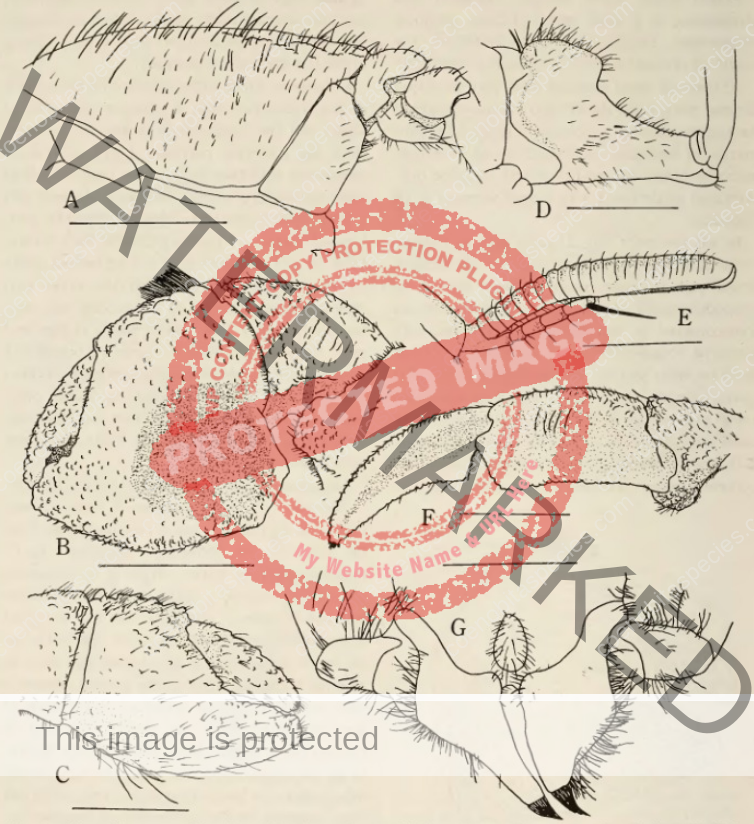

C. rugosus on instagram:
[insta-gallery id=”9″]
Photo Credits:
The Crab Street Journal has been granted permission by these photographers to use their photo(s) on our site.
References:
1. David K. A. Barnes on Tree Migration 1997
2. David K.A. Barnes on Shell Characteristics and Utilization 1999
3. David K.A. Barnes on locally important food source 1997
4. Oleg Gusev & Yaroslav Zabotin, 2007. Observation of intersexuality in land hermit crabs (Anomura: Coenobitidae)
5. Reproductive Biology of Three Land Hermit Crabs by Yukio Nakasone
6. Larval stages of Coenobita purpureus reared in the laboratory and survival rates and growth factors of three land hermit crab larvae by Y. Nakason
7. Coastal hermit crabs from Kenya, with a review and key to east African species by P. J. Reay and Janet Haig
8. Biology of the Land Crabs 1st Edition by Warren W. Burggren, Brian R. McMahon 1988
9. A guide to the decapod crustaceans of the South Pacific by Joseph Poupin, Matthieu Juncker
10. Larval release and associated tree climbing behavior of the land hermit crab Coenobita violascens Heller, 1862 Waturu Doi, Akira Mizutani, Hiroyoshi Kohno 2016
Kinosita, H. & A. Okajima, 1968. Analysis of shell‑searching behaviour of the land hermit crab, Coenobita rugosus H. Milne Edwards. J. Fac. Sci. Univ. Tokyo 11(4): 293-358.
Rahayu, D. L., 1996. Notes on littoral hermit crabs (excluding Coenobitidae) (Crustacea: Decapoda: Anomura) mainly from Singapore and Peninsular Malaysia. Raffles Bull. Zool. 44(2): 335-355.
Holthius, 1953; Alexander, 1976; Yaldwyn and Wodzicki, 1979; Lewinsohn, 1982, Rathburn, 1900 as quoted by Burggren, W.W. and McMahon, B.R. (1988)
Shokita, S. & A. Yamashiro, 1986. Larval development of the land hermit crab, Coenobita rugosus H. Milne Edwards and C. cavipes Stimpson reared in the laboratory. Galaxea 5: 267-282.
Tudge, C. C., 1991. Spermatophore diversity within and among the hermit crab families, Coenobitidae, Diogenidae, and Paguridae (Paguroidea, Anomura, Decapoda). Biol. Bull. 181: 238-247.
Vannini, M. & G. Chelazzi, 1981. Orientation of Coenobita rugosus (Crustacea: Anomura): A field study on Aldabra. Mar. Biol. 64: 135-140.
Vannini, M., 1976. Researches on the coast of Somalia. The shore and the dune of Sar Uanle. 7. Field observations on the periodical transdunal migrations of the hermit crab Coenobita rugosus. Monit. Zool. Ital. (N. S.) suppl. 7(3): 145‑185.
Yamaguchi, S., 1938. Spawning and development of Coenobita rugosus. Sci. Bull. Fac. Agr., Kyushu Univ. 8(2): 163-177.


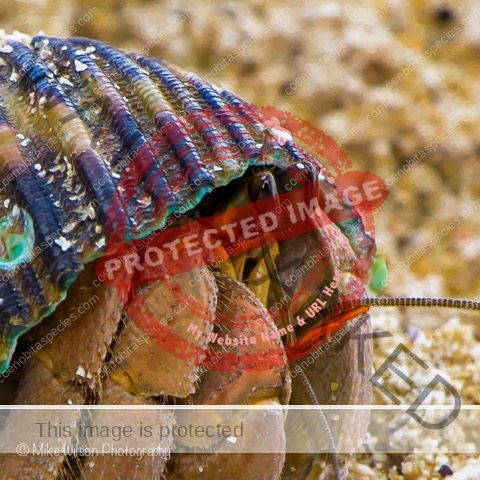
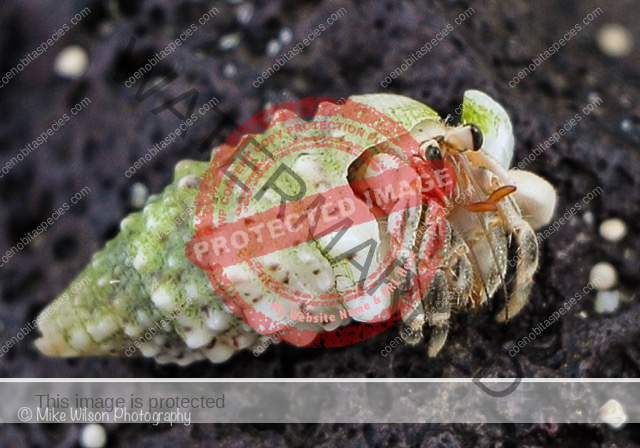

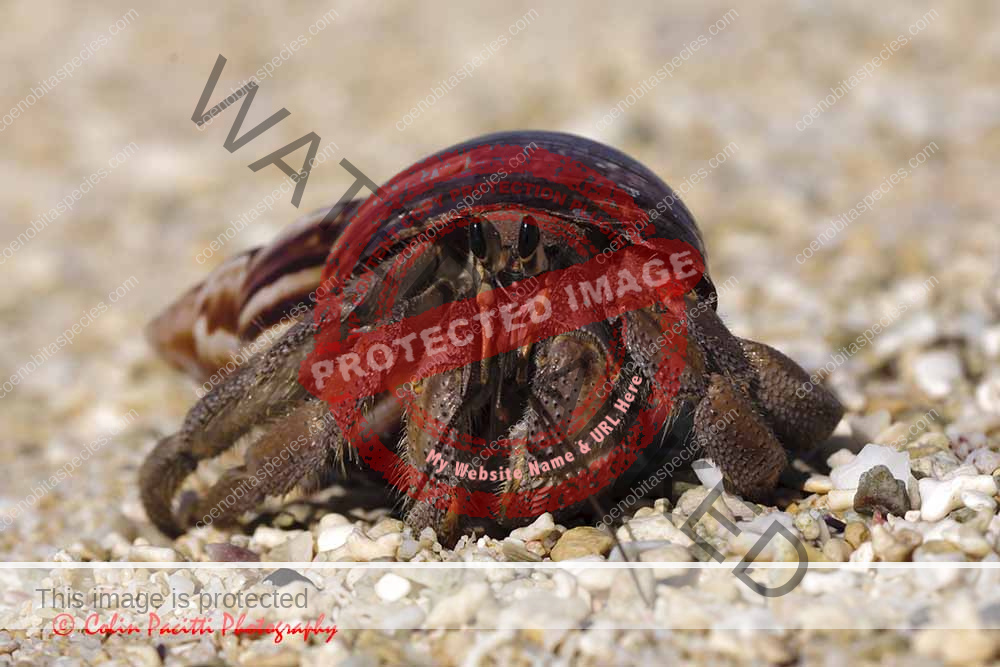
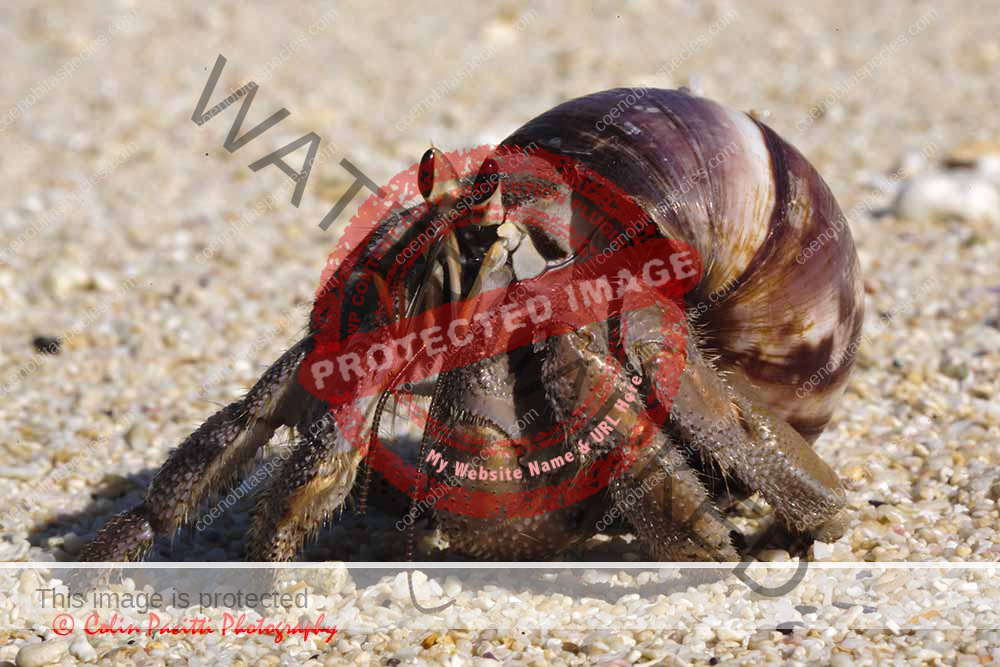
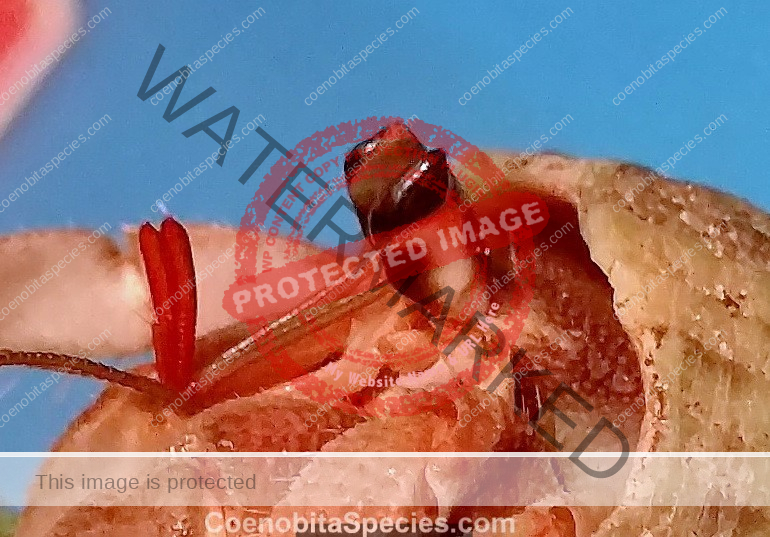
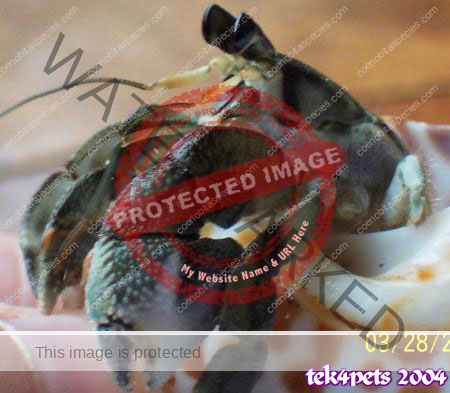

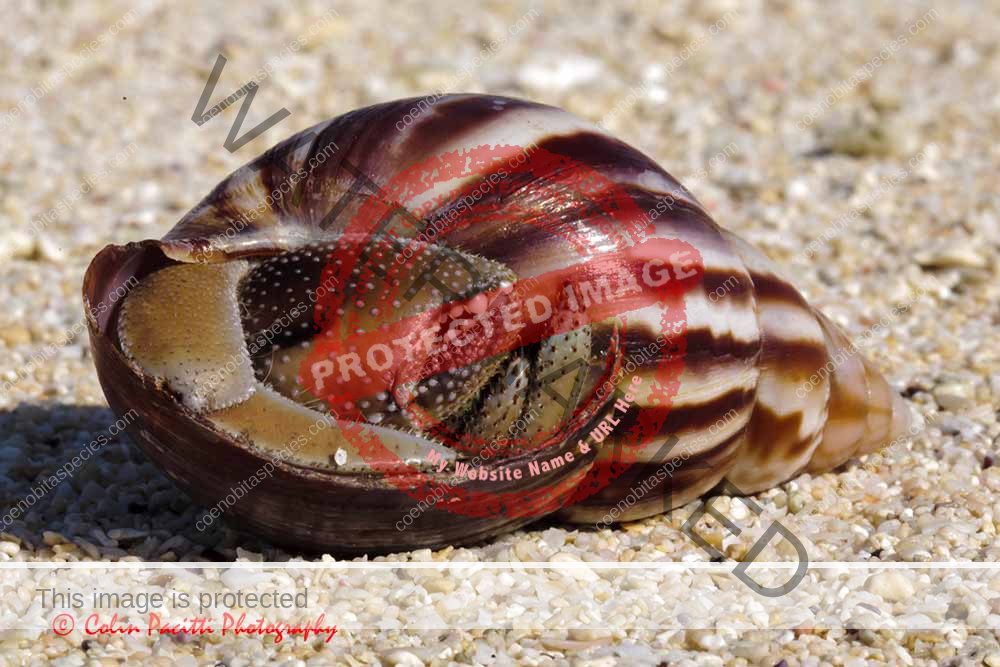

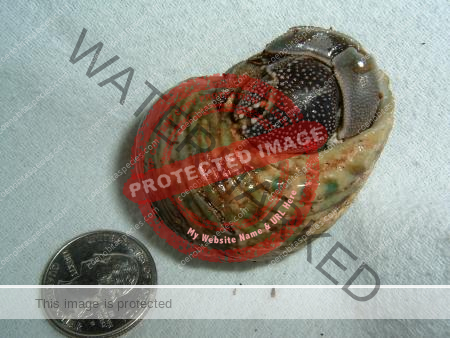
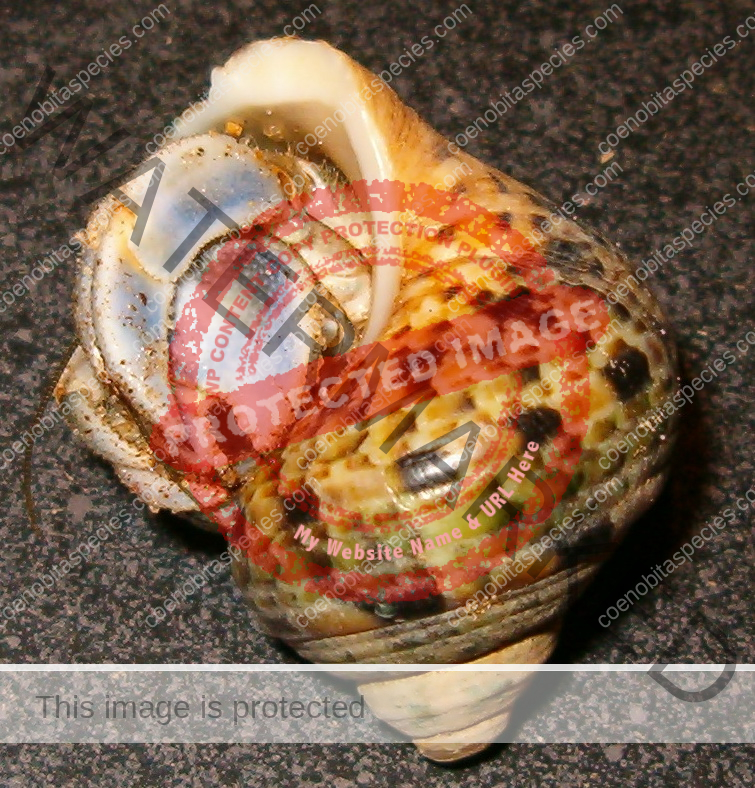
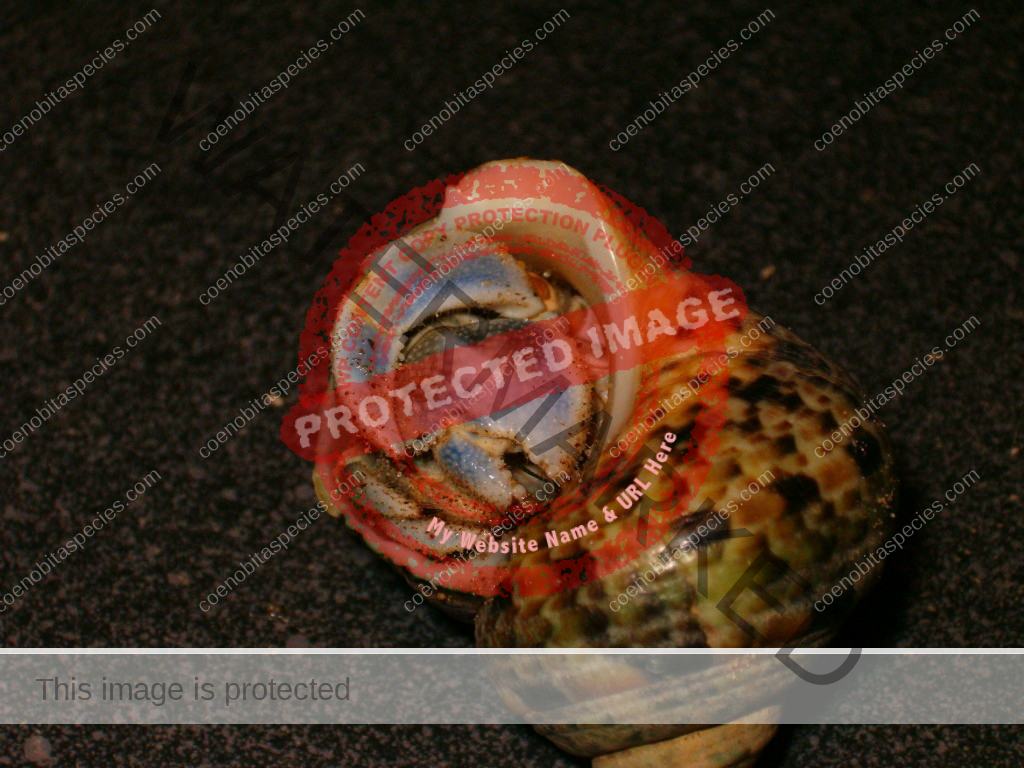
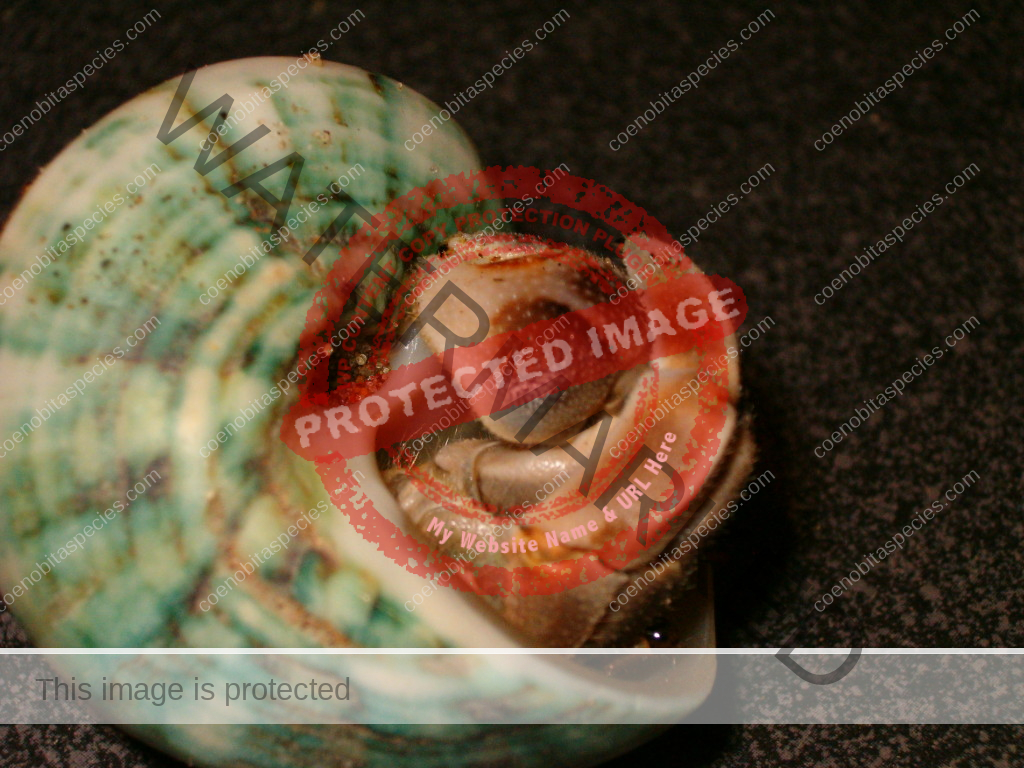
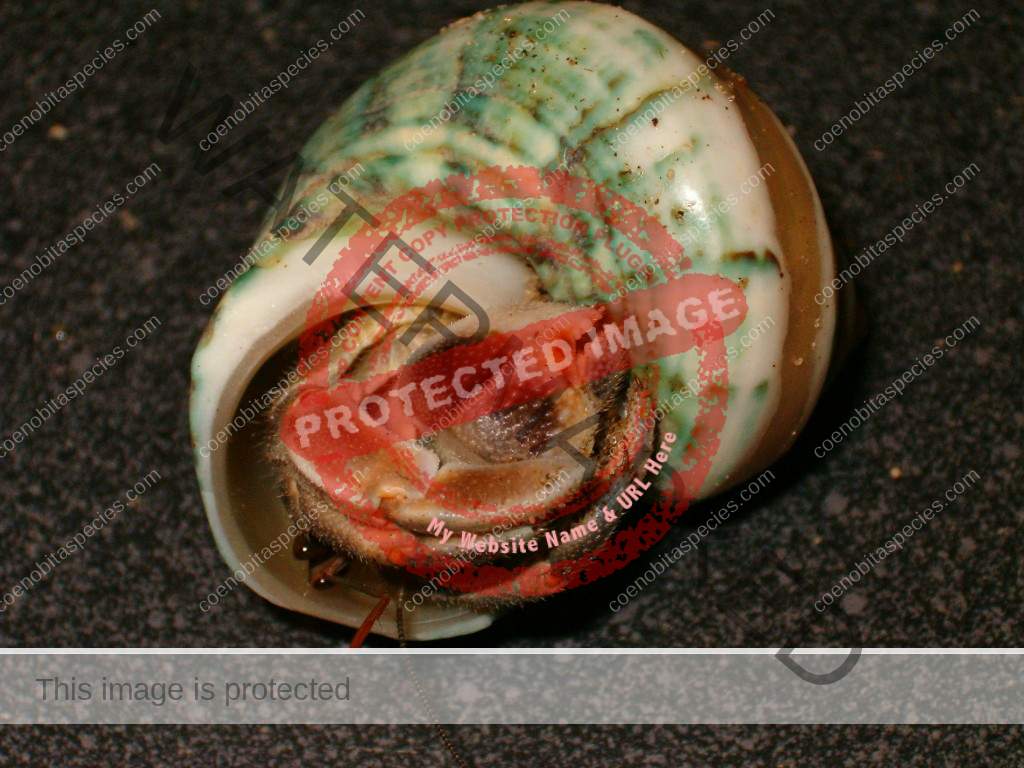
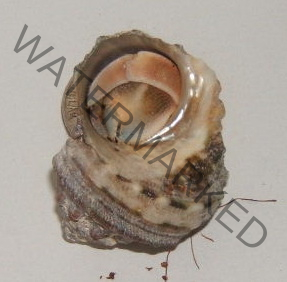
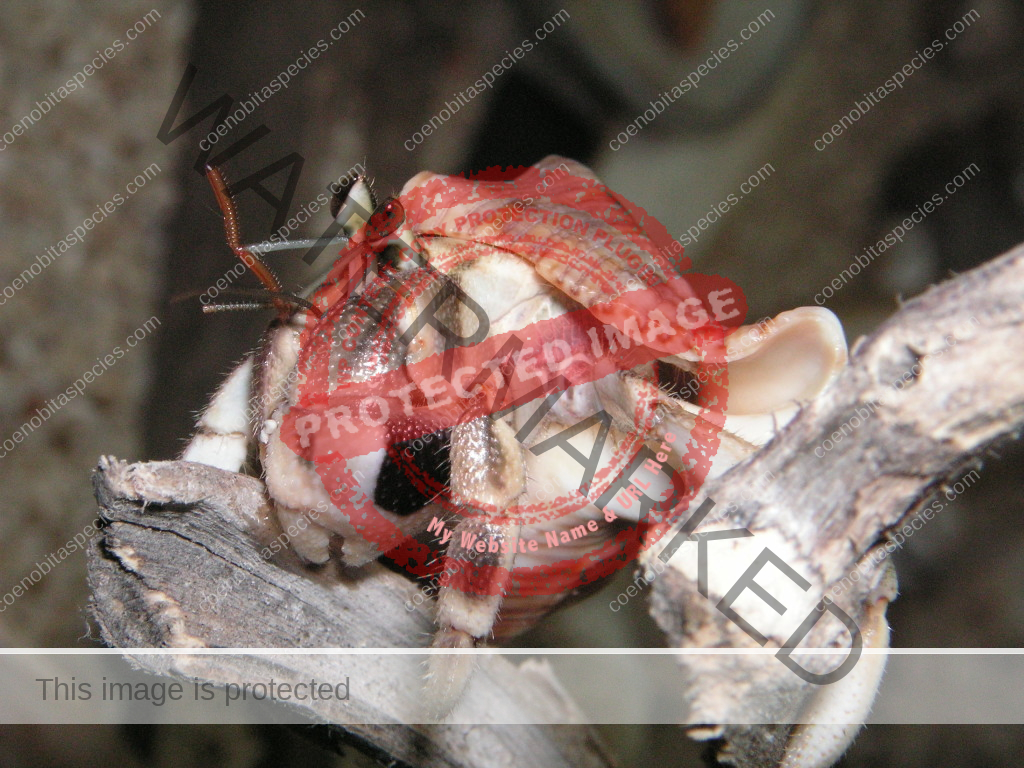


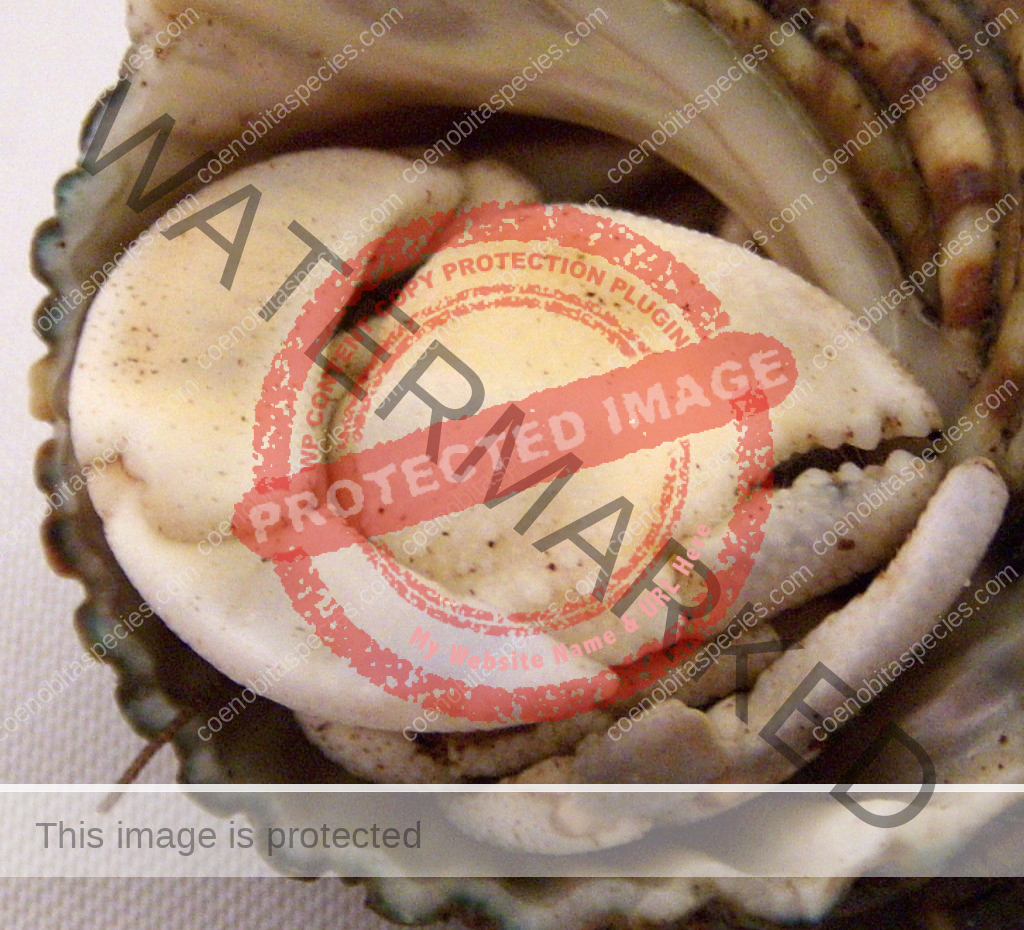
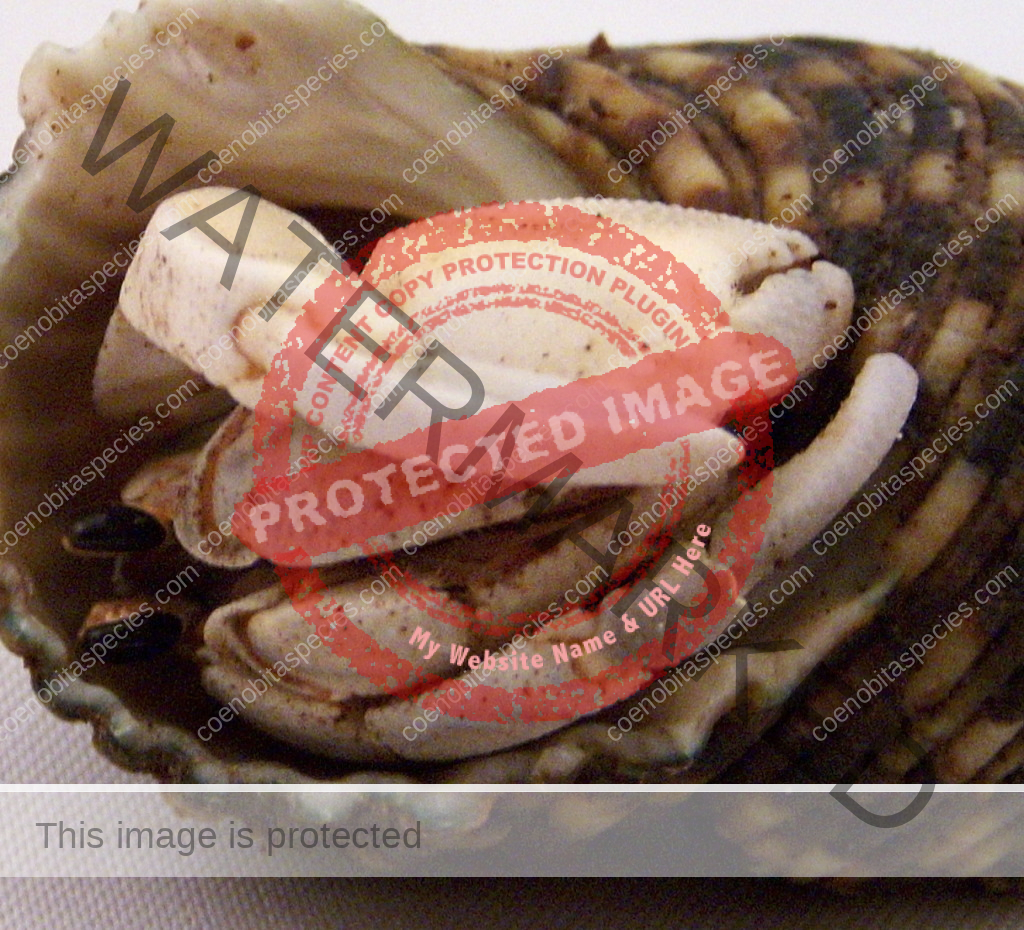
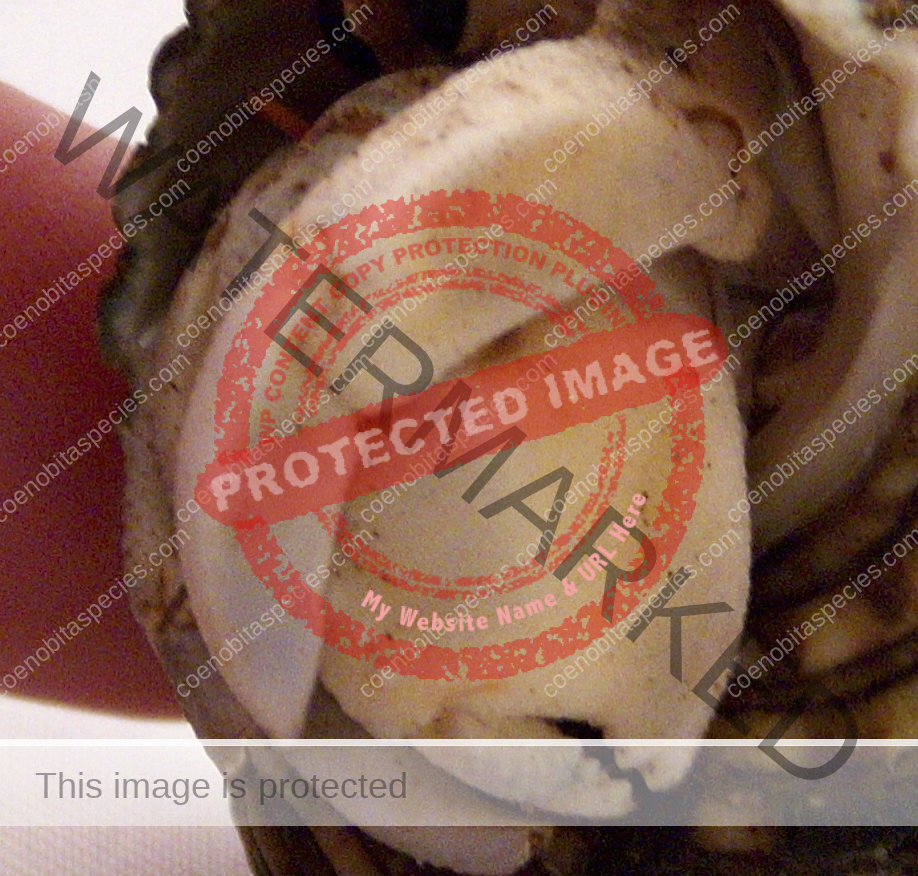
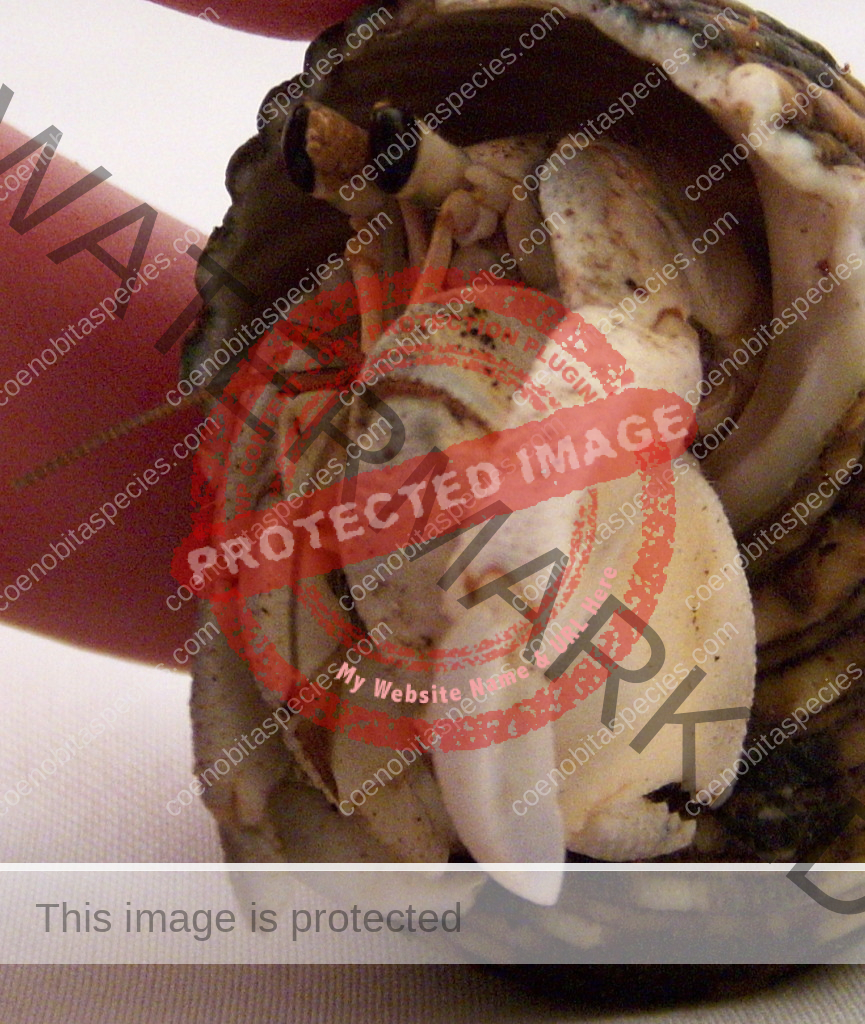
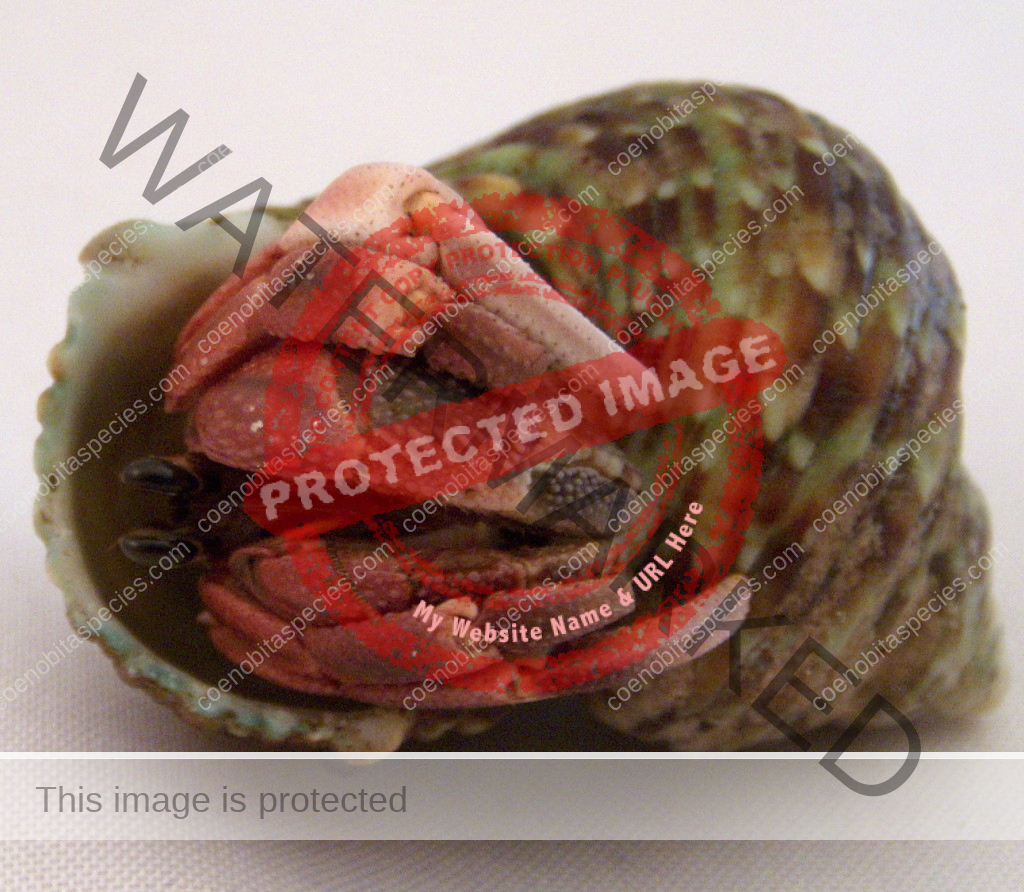
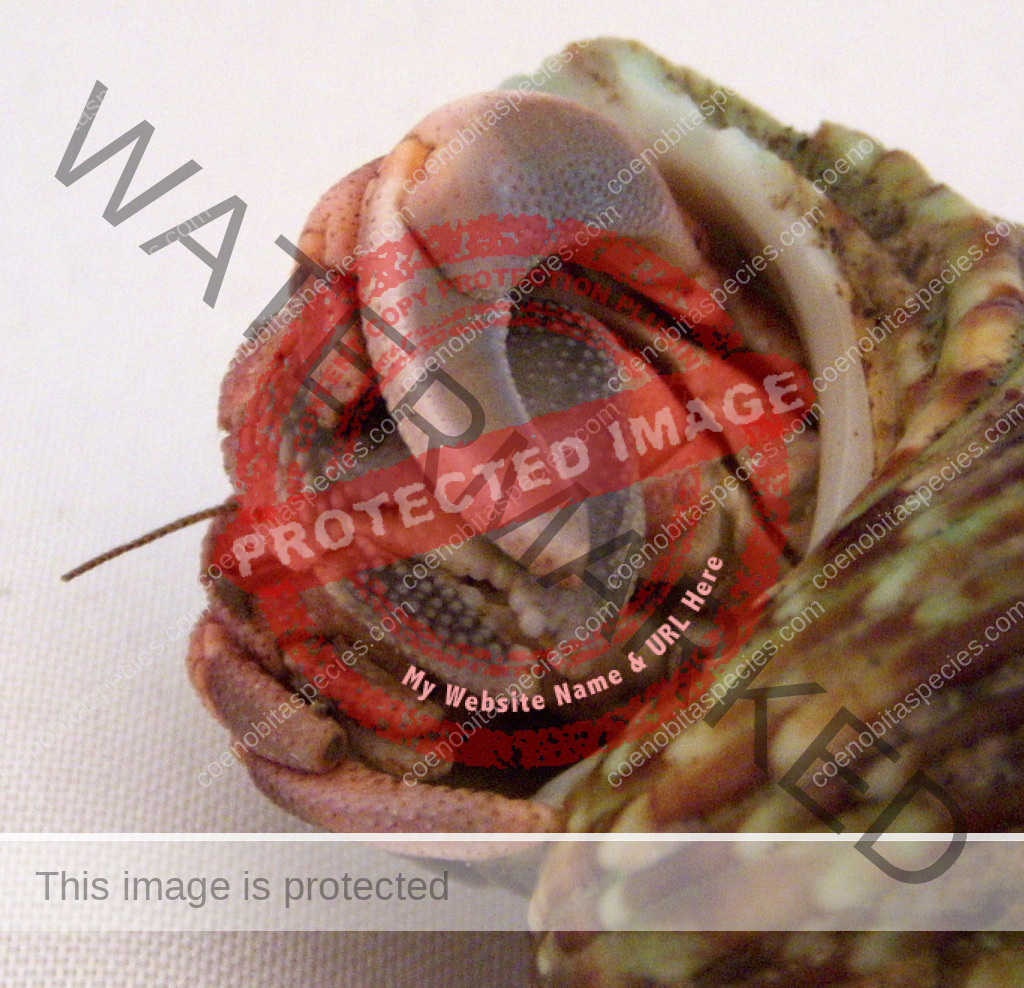

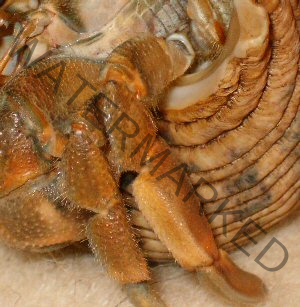
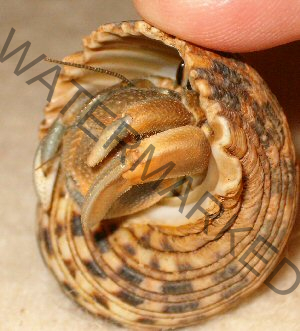
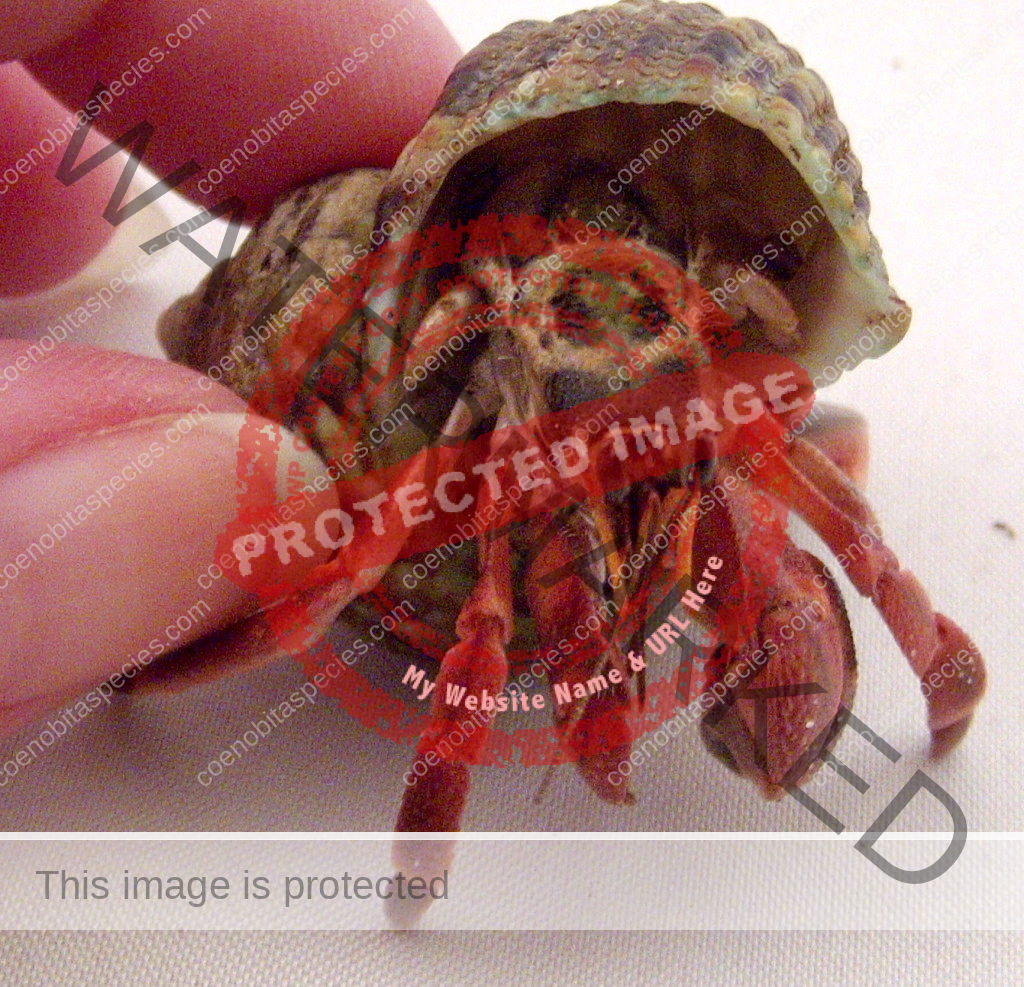
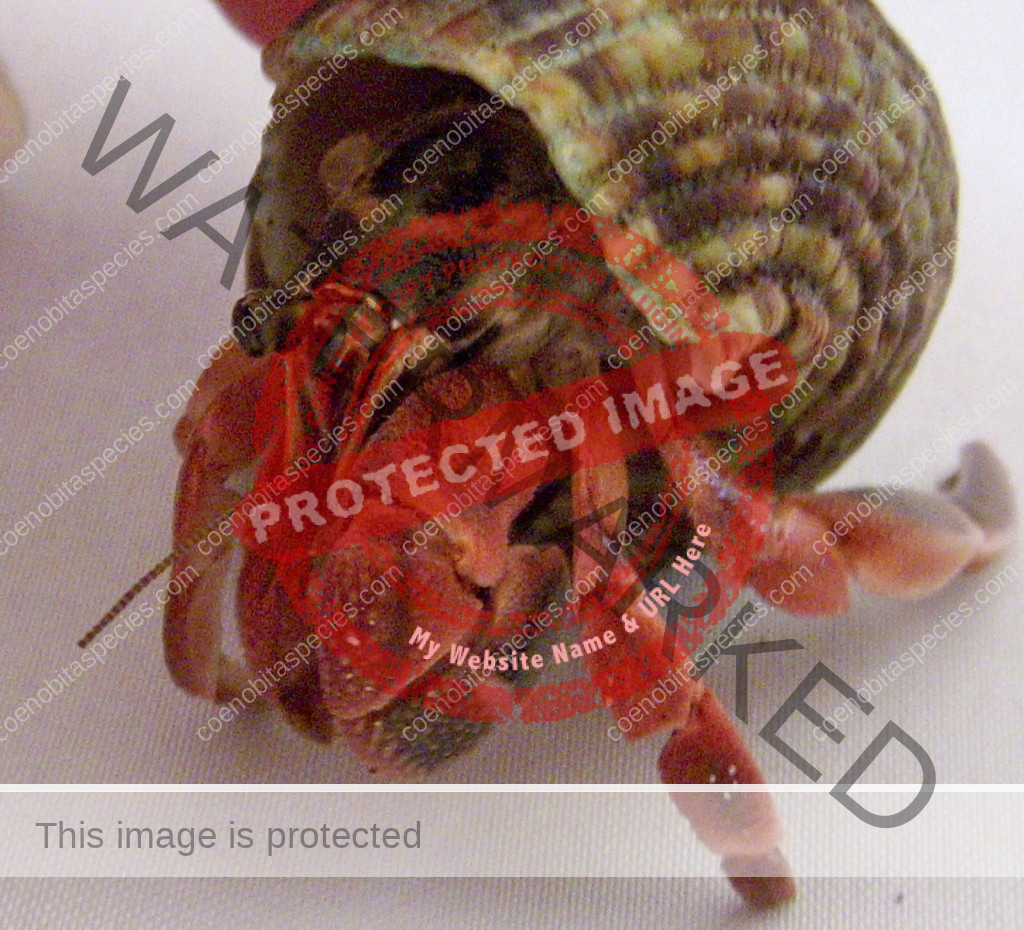
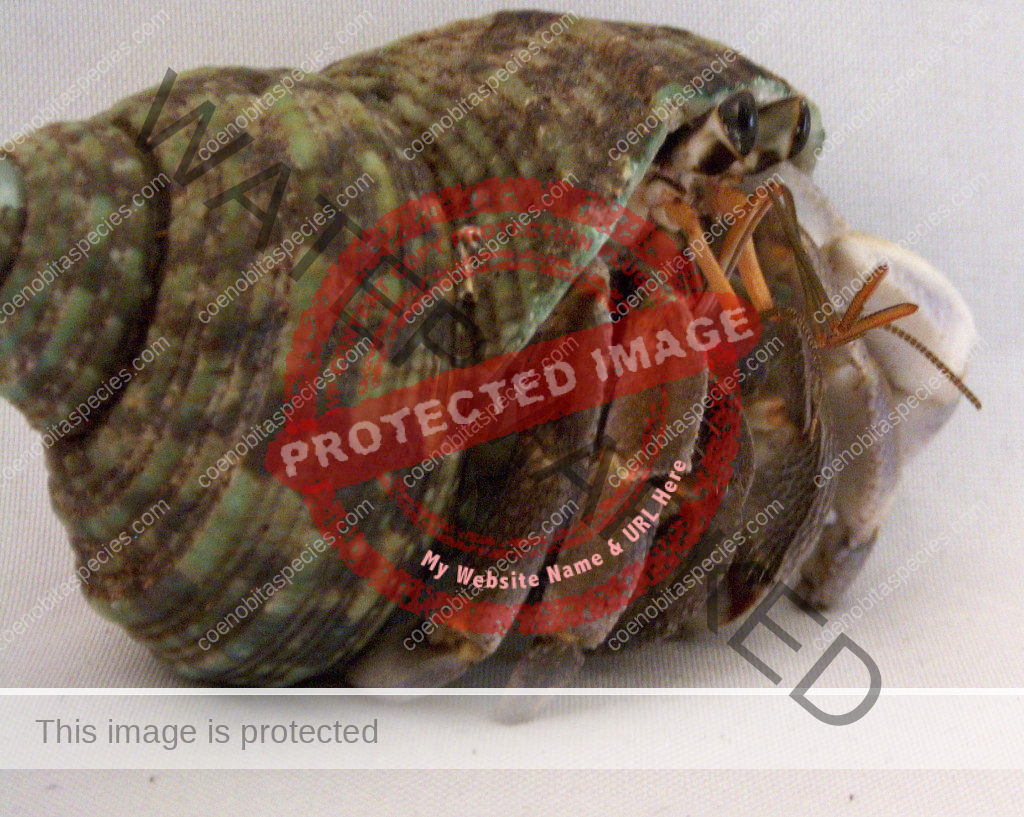
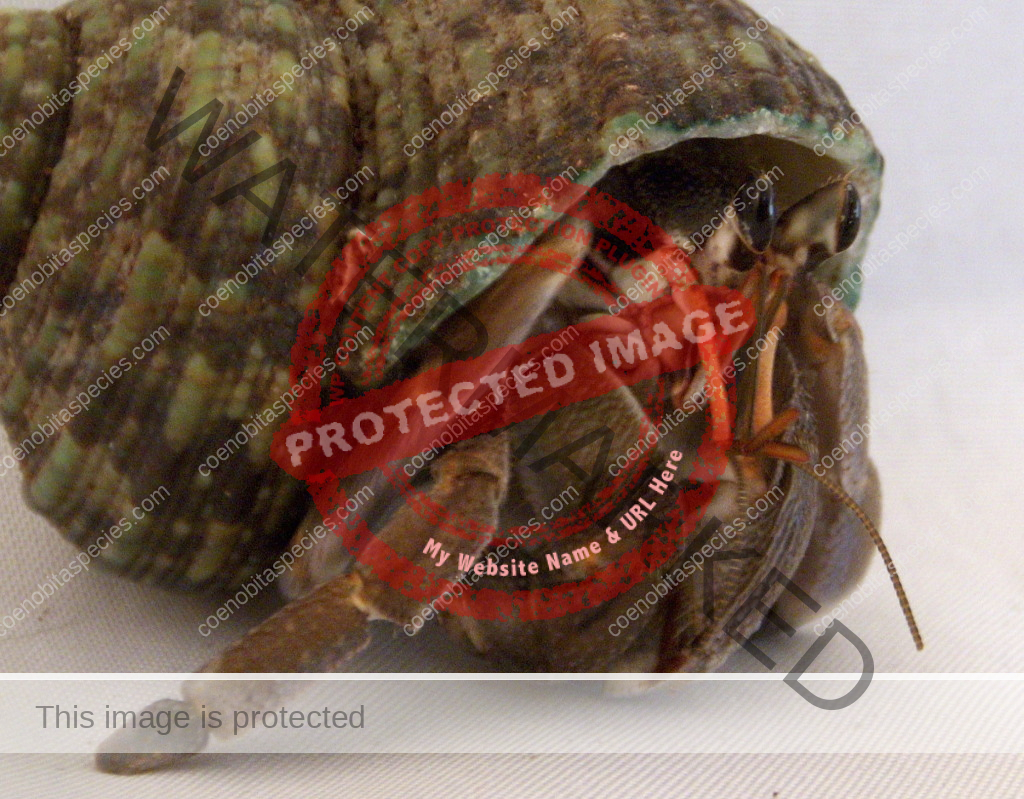


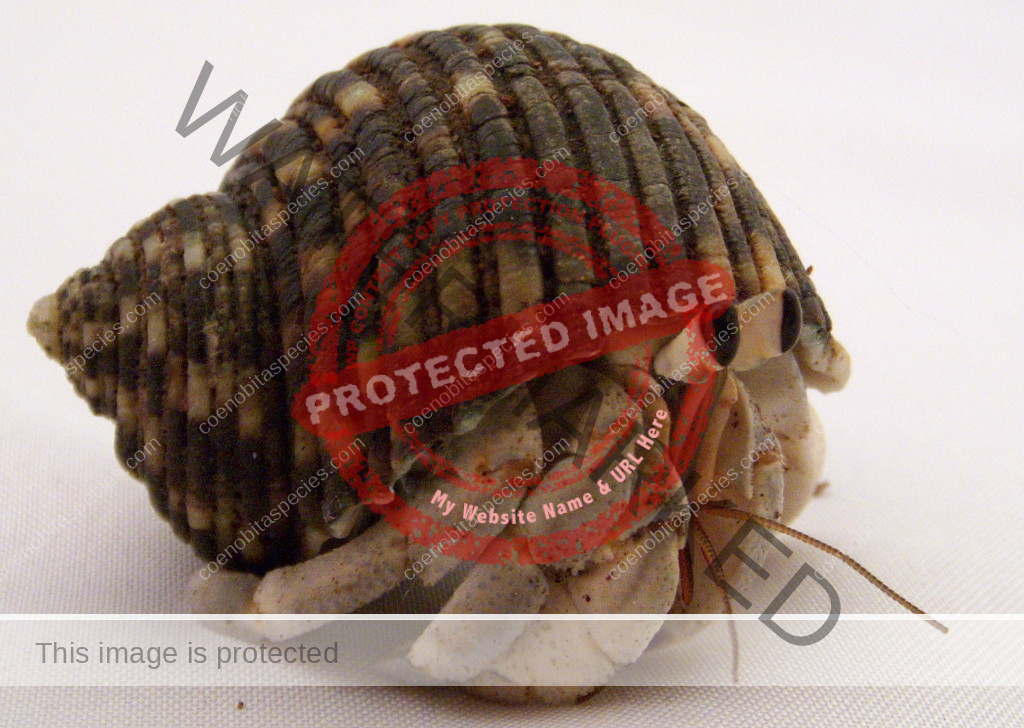
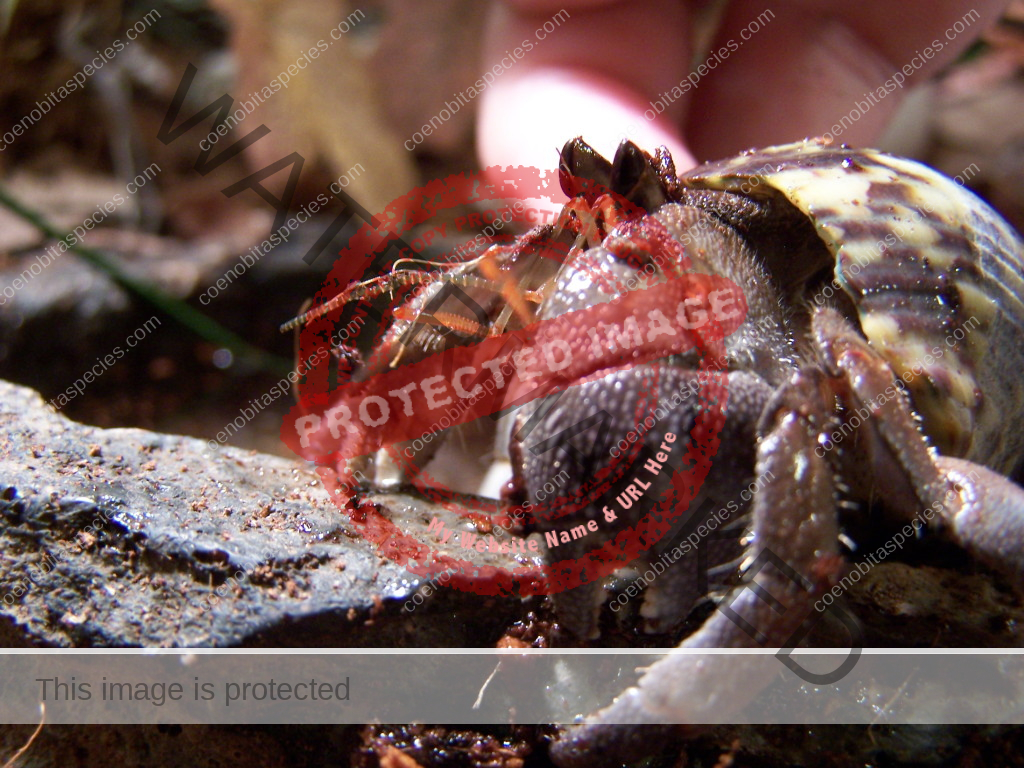
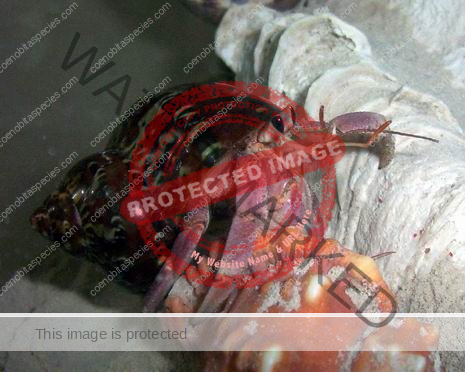

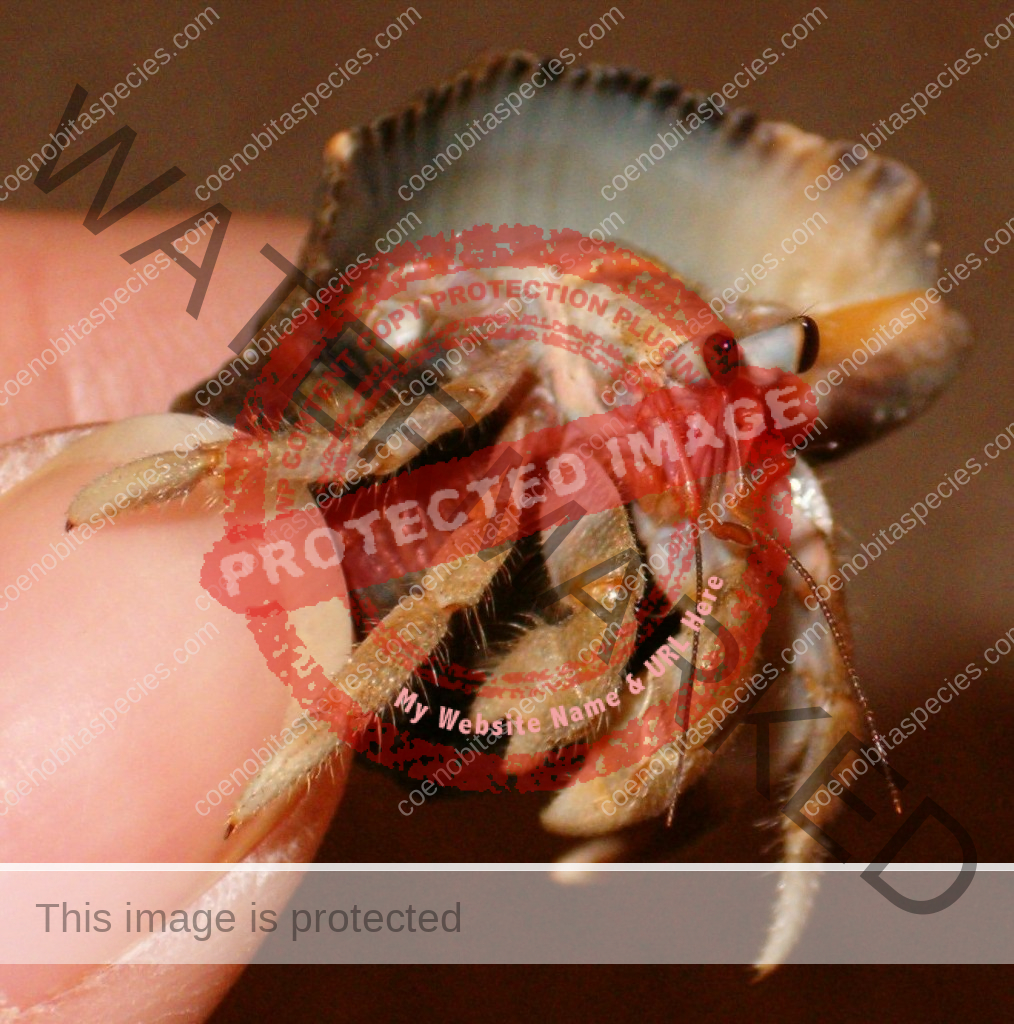
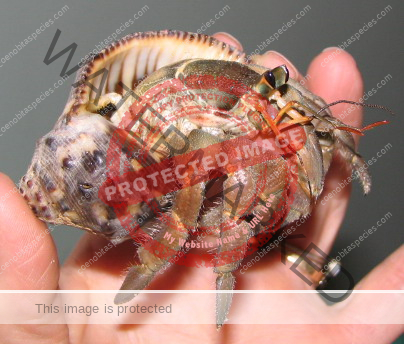
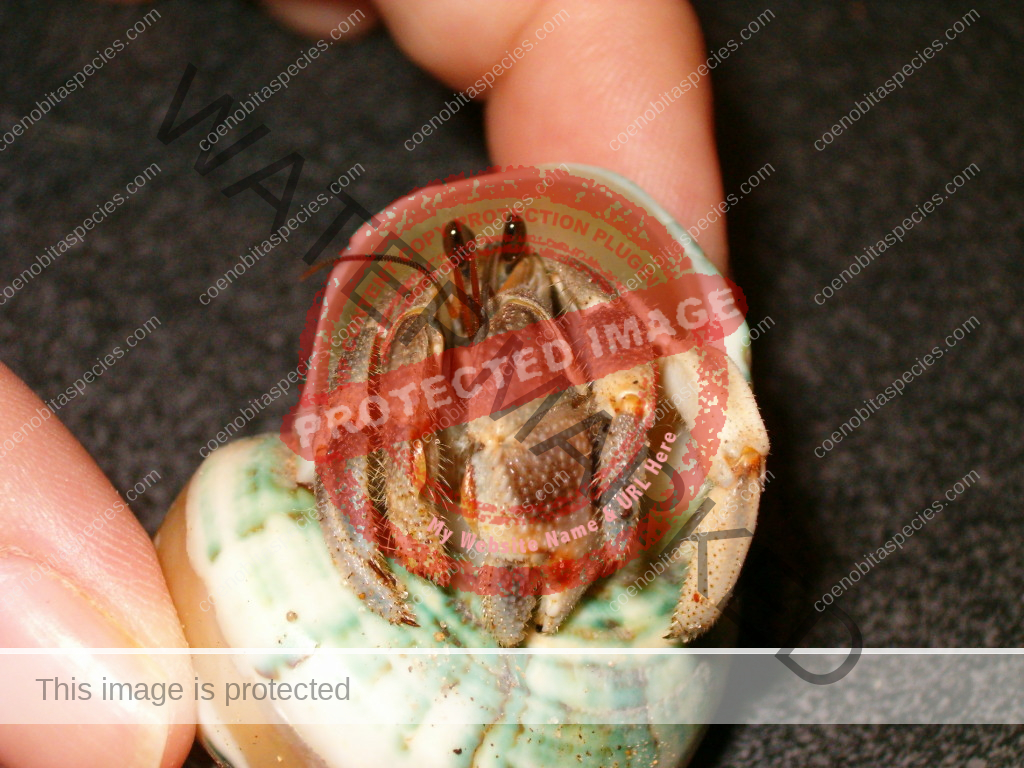
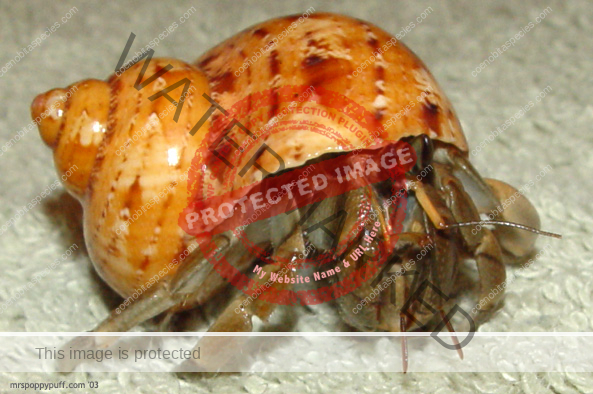
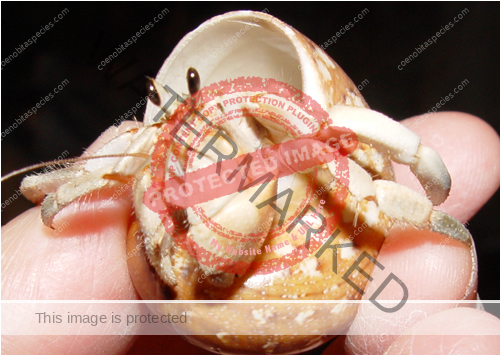





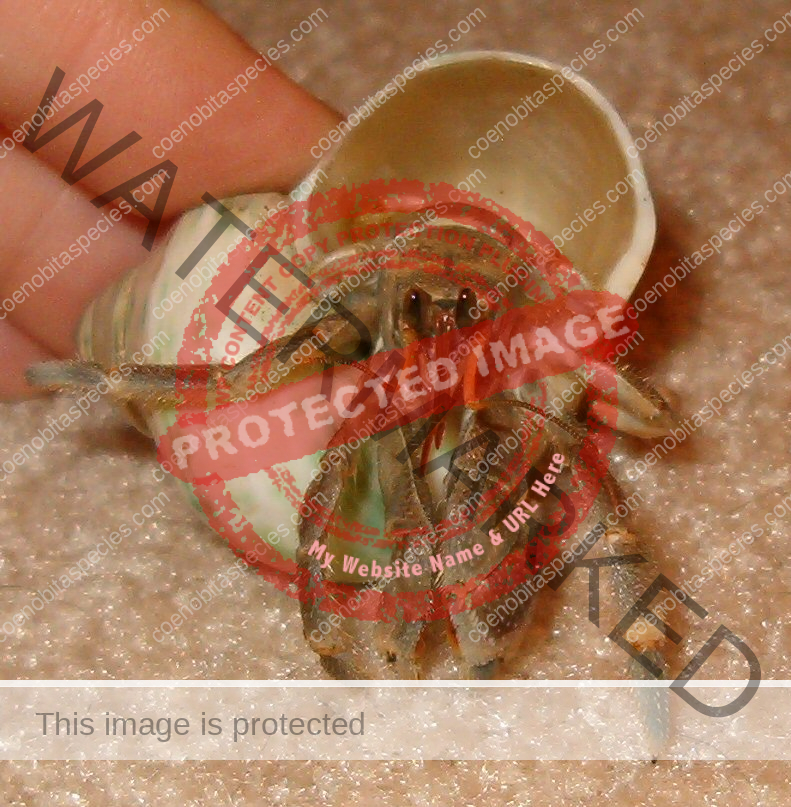
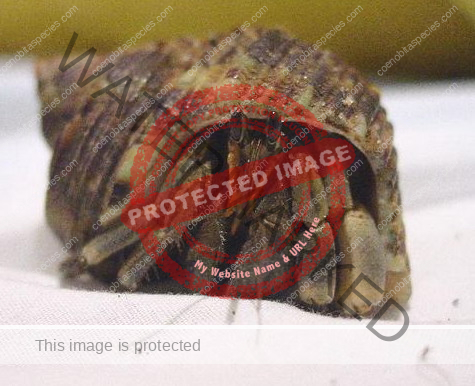
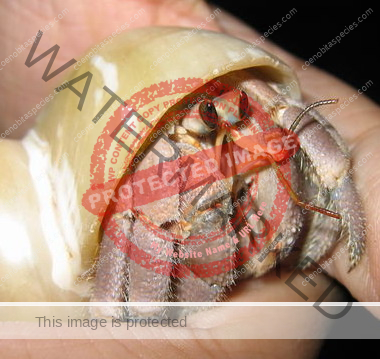
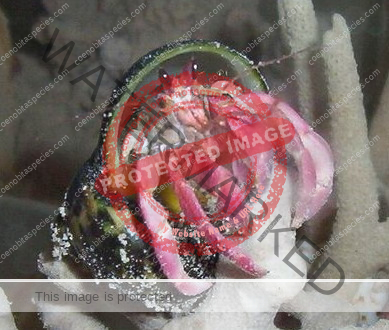

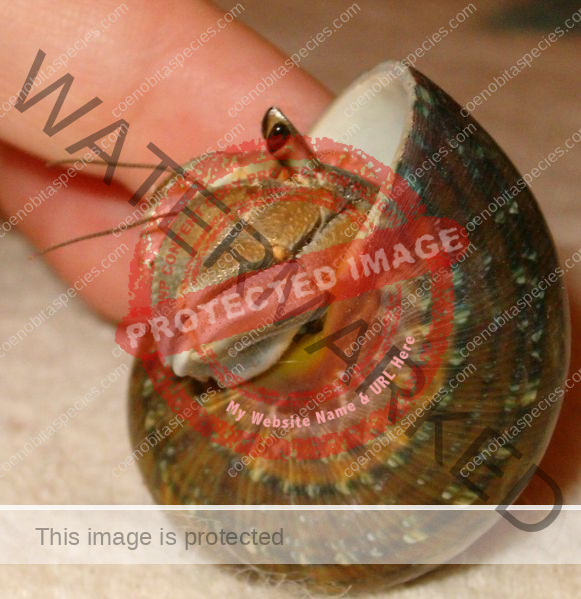
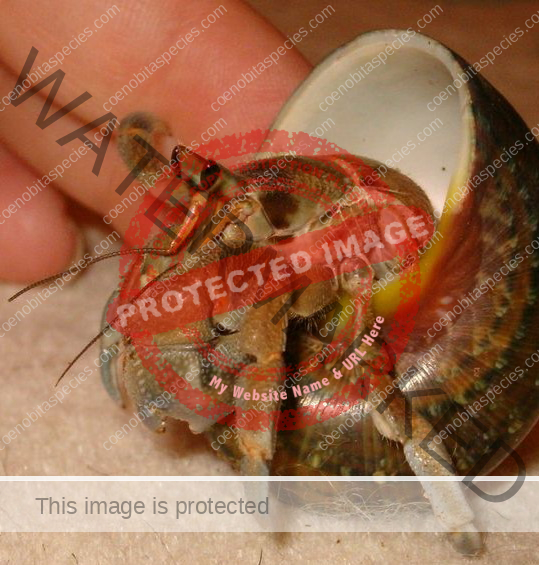
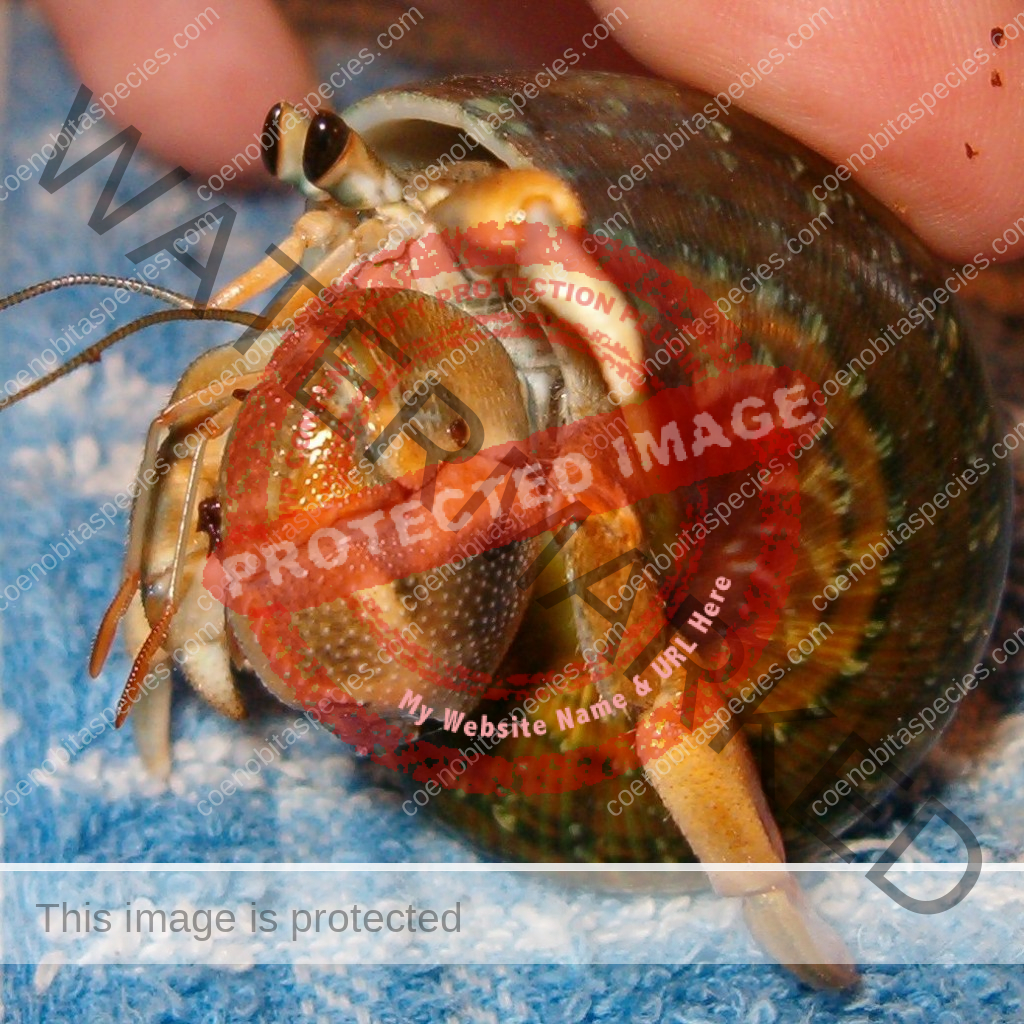
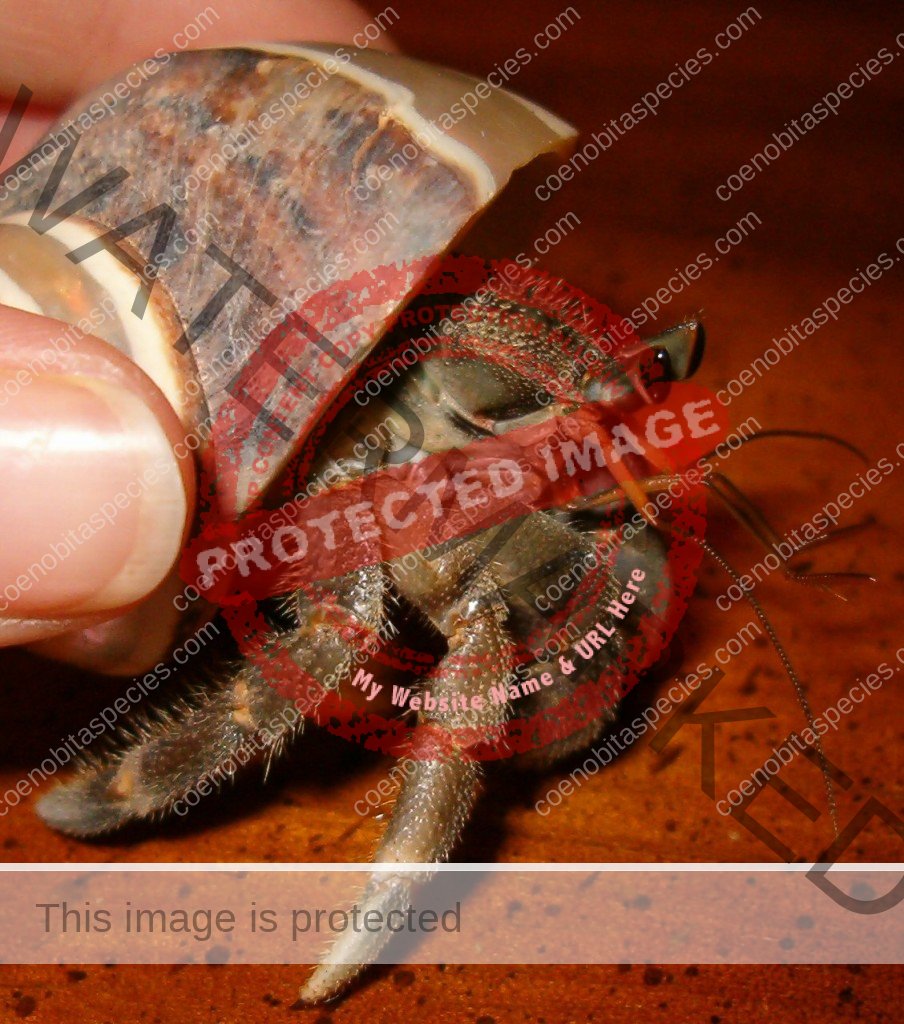
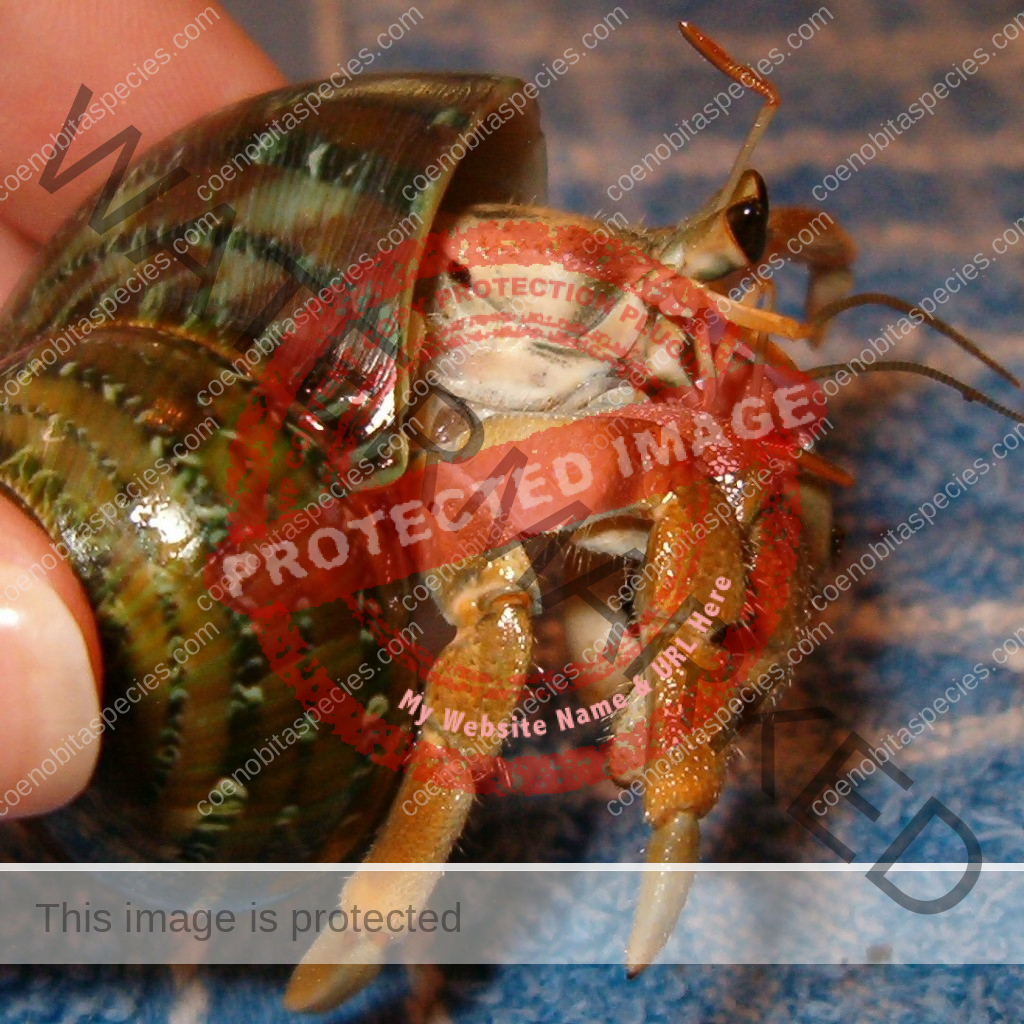



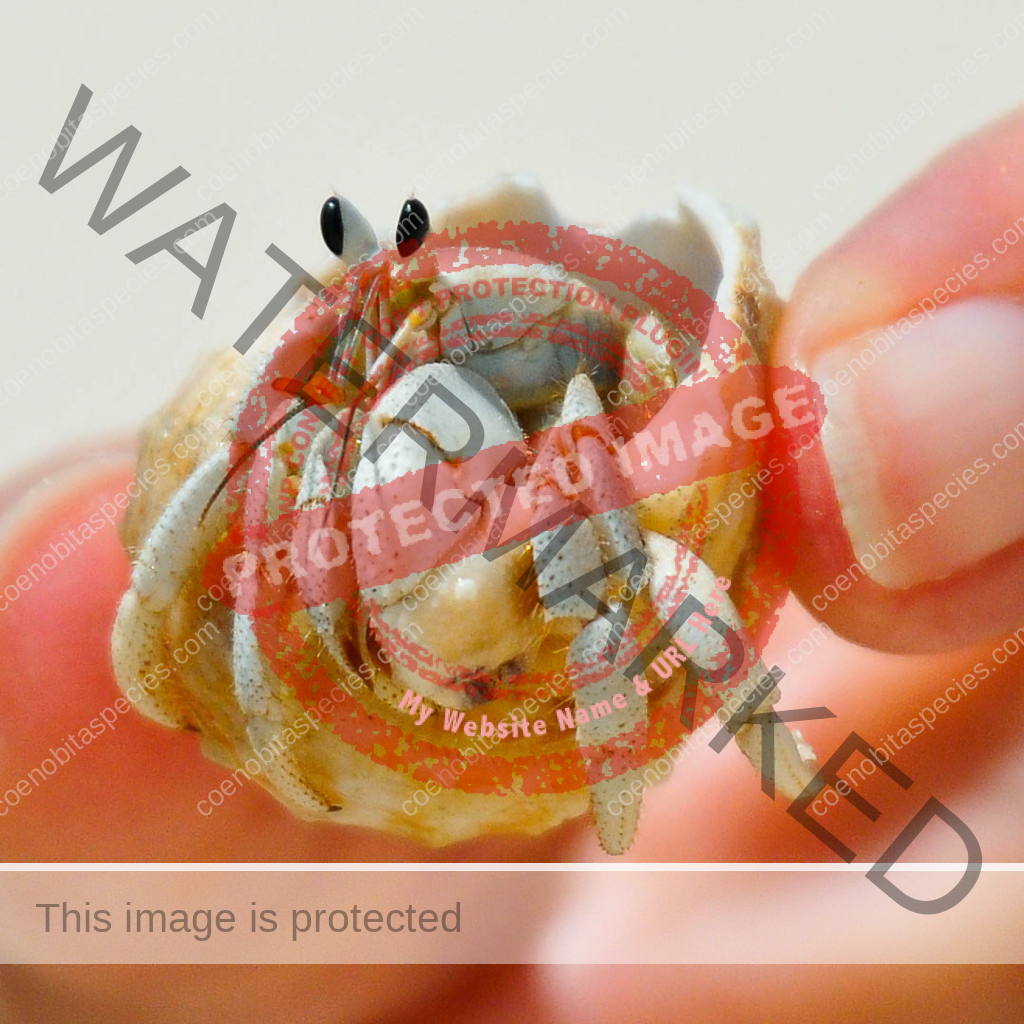
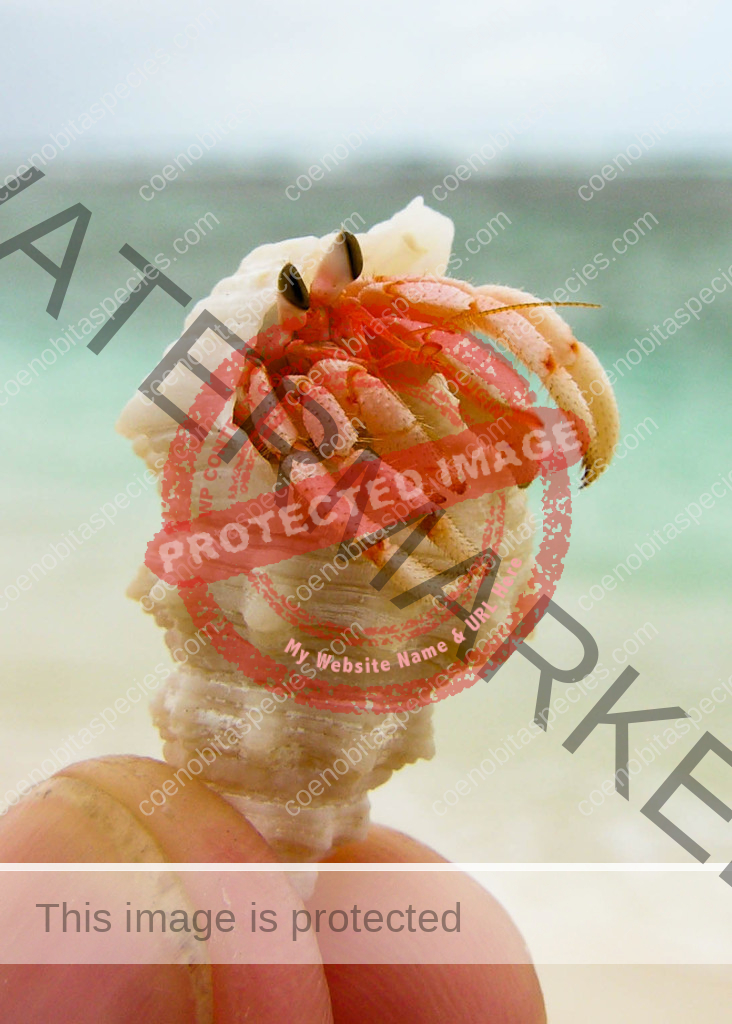
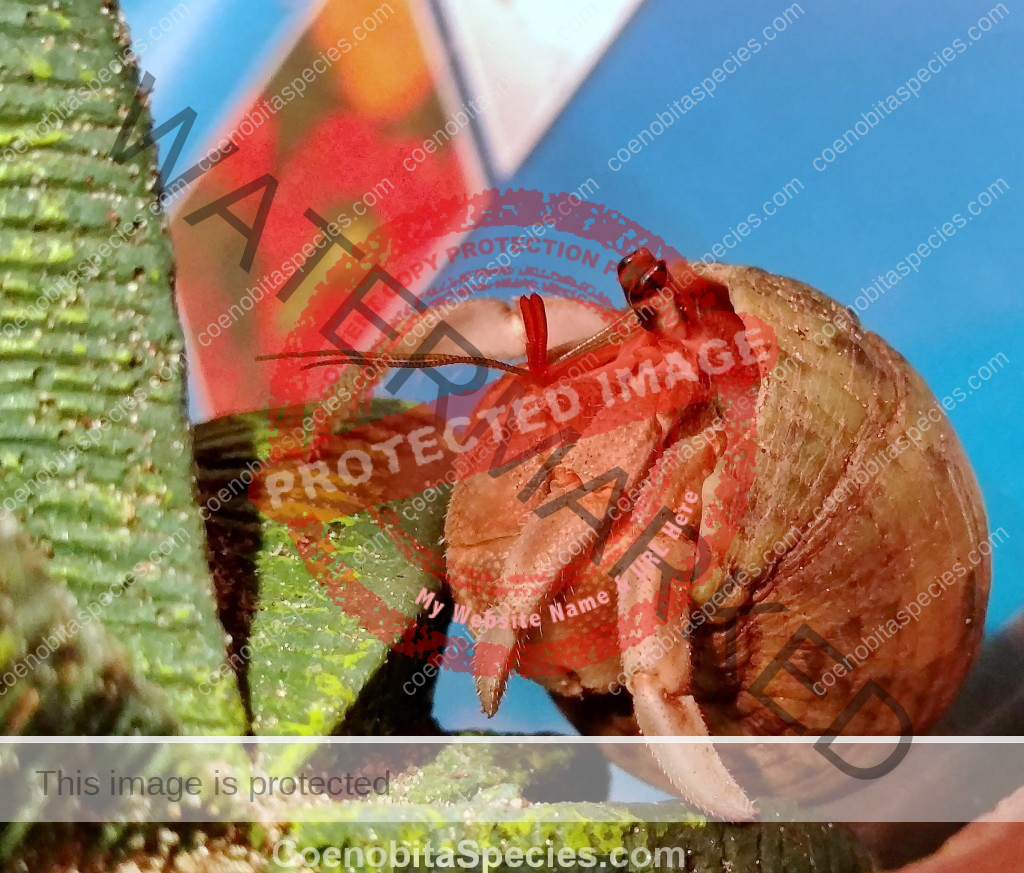
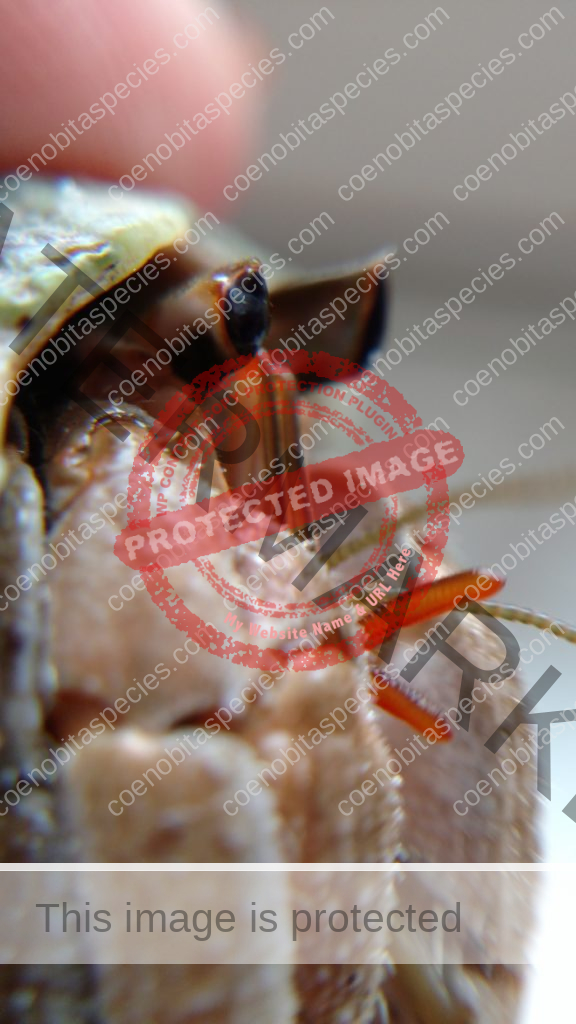
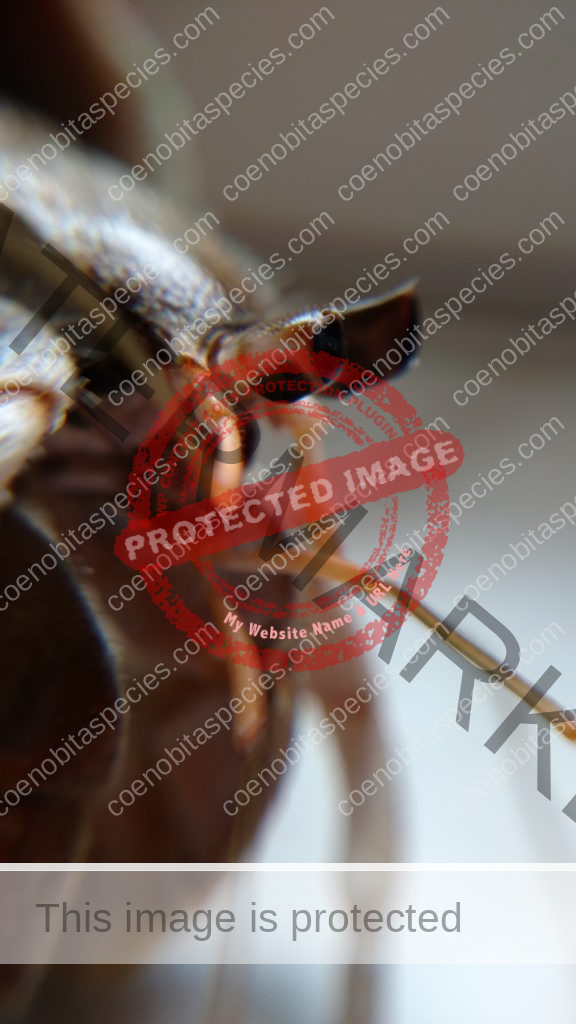
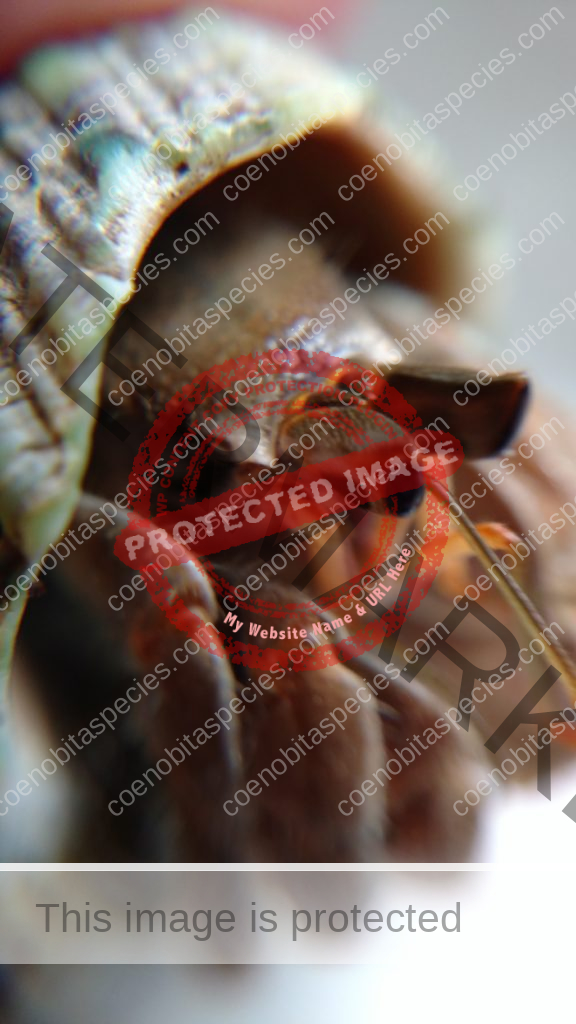
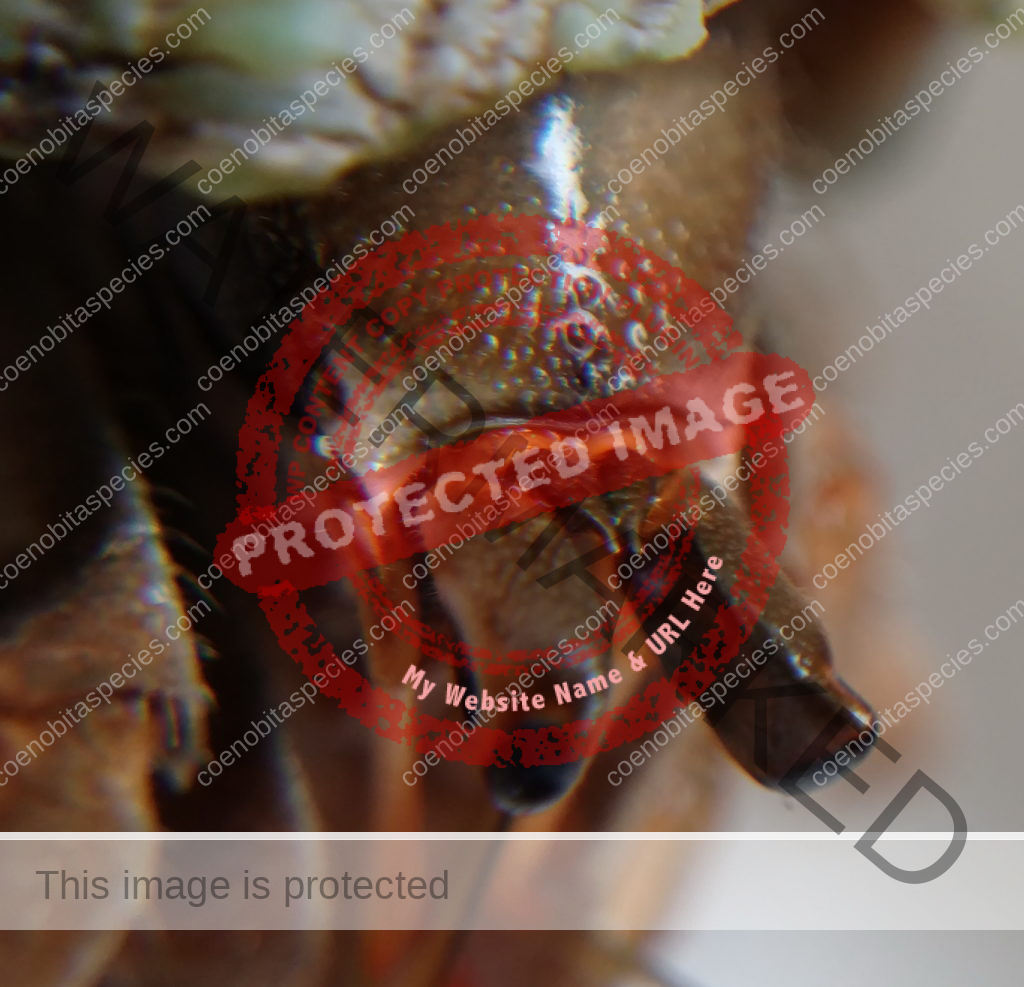
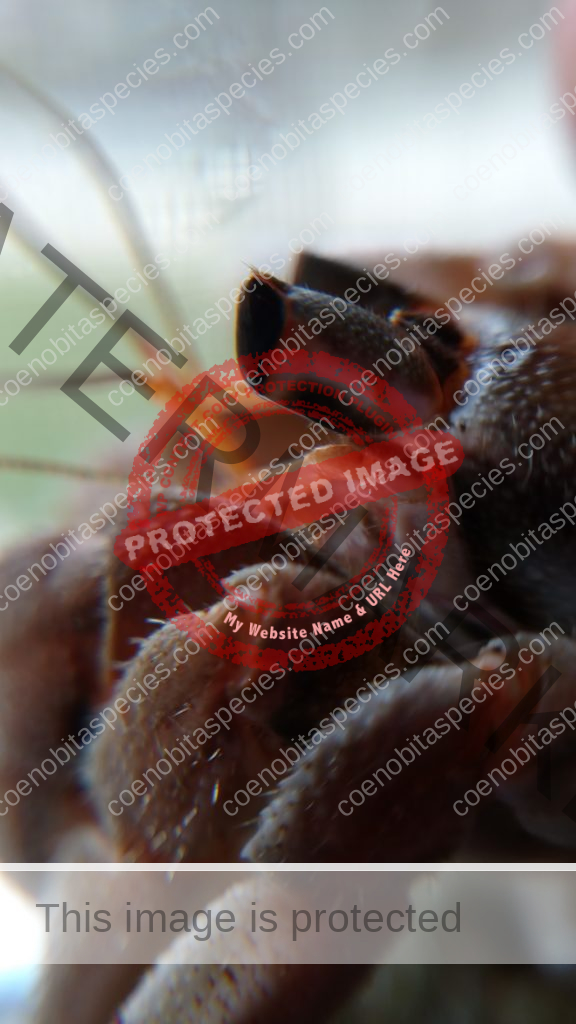
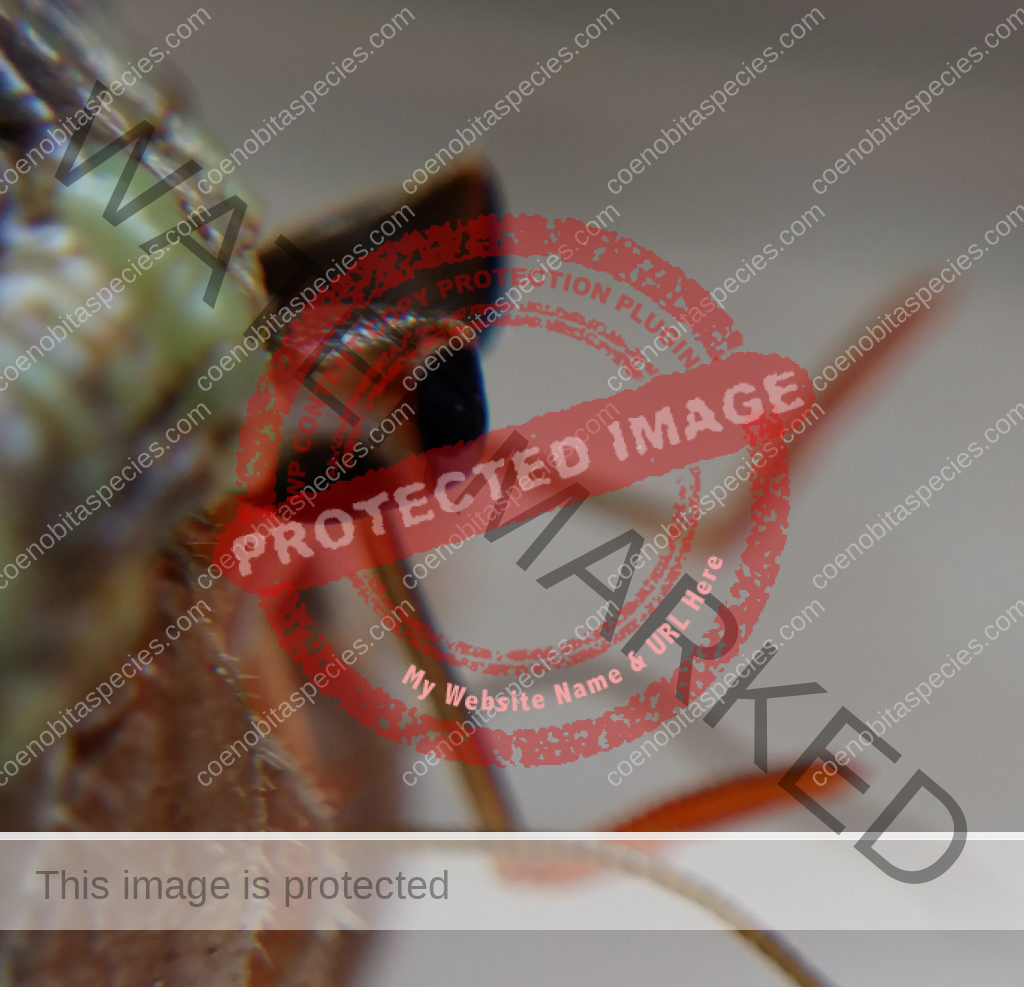
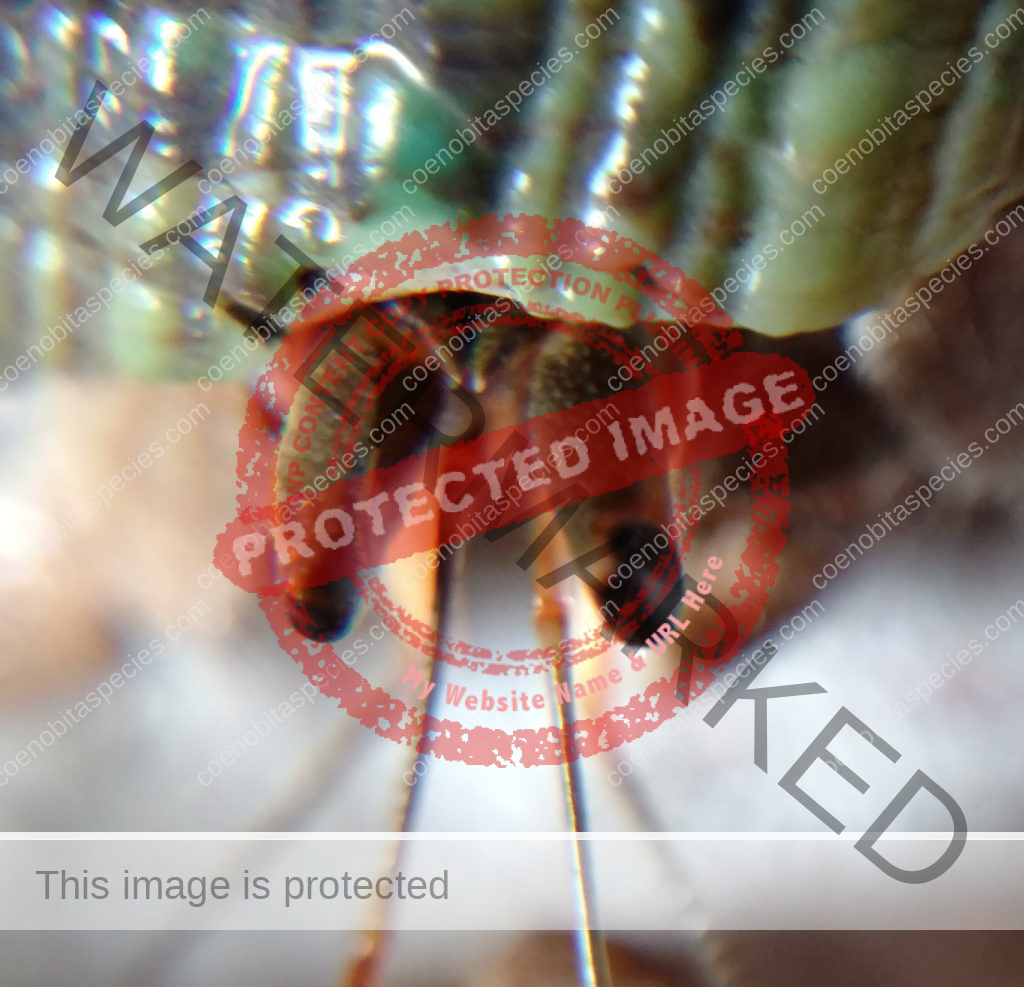

One comment
Comments are closed.